Fortezza di Montalcino
The fortress of Montalcino, is located at the top of a hill facing the Val d’Orcia, offering an amazing view. The fortress was constructed in 1368 by the Sienese as a response to the threat of the Florentine. The Florentine harassed the fortress for about four months in 1553, but it did not fall, showcasing the brilliance of the Sienese people. It was eventually destroyed in 1555 by the Florentines and abandoned a little later. In the 1970s, the Fortezza di Montalcino was finally restored and opened to the public. Today, people can visit the fortress and admire its rich history while taking information about the past. It would be very beneficial to use a tour guide for exploring. Besides that, you can always visit the museum that is hosted inside the walls or admire the view of Val d’Orcia, an amazing opportunity to take some photos as well. The entrance fee for the fortress is €8 for adults and €4 for children.
La Rocca di Staggia
The fortress of Rocca di Staggia is in the town of Staggia Senese, in the province of Siena. Obtaining a defensive use to control Via Francigena between the 10th and 13th centuries, the Sienese Republic began to construct the fortress, which was designed by Sozzo di Rustichino. The structure consists of strong walls and towers, cages, a courtyard, and the outbuildings. The castle was abandoned in the 16th century and remains a ruin until today. However, the monument is famous for birdwatching and hiking. Furthermore, it hosts an open museum and guided tours for its visitors. The monument is open all year round and the entrance is free.
Castello Sonnino
The Sonnino castle is an amazing structure located in Montespertoli in Tuscany. It was constructed in the 17th century and was owned by the Machiavelli family until the 19th century when it was bought by the Sonnino family. The castle’s primary role was defensive, but as the Machiavelli family lived there for years, it was considered their residence. Since the surroundings of the castle were used for agricultural purposes, the castle also stored the production. The first purpose of the castle was defensive, and you can recognize it today, by its thick walls and the few windows that it has. However, there are also some Renaissance Elements that it obtains, like the decorative spots in the doorways and the windows. Today the castle is open to the public as a historic landmark where you can have a tour, explore the rooms, and take information about the Sonnino Family, or sample some of the most popular Tuscan wines in the castle’s winery. The cost to enter the castle may vary from €10 to €30 depending on the tour or wine tasting.
Castello di Montefioralle
Castello di Montefioralle is a castle from the Middle Ages founded in the center of the Chianti region. The castle was constructed in about 1805 based on some documents that mention it. Over the centuries, the ownership of the castle changed many hands from one aristocratic family to another. Some of those families were the Ricasoli, Benci, Gherardini, and Buondelmont. The fortress had military importance because of its big stone walls and defensive towers. Furthermore, the Montefioralle village was built around it, and both the village and the castle are accessible through the ancient gateways. Nowadays, this monument is a very popular destination not only for its history but for its hiking paths as well. Visitors can explore it since it is open to the public all year round and the entrance is free.
Castello di Meleto
The castle of Maleto, is a medieval structure and a winery as well, located in the Chianti region. It was constructed in the 12th century and owned by the Roberti family for over 800 years. Due to its position, on the borders of Siena and Florence, many battles took place to claim it without causing any damage to it. Besides the fact that the castle was surrounded by many, it eventually became a villa in the 18th century. Today, the castle is accessible, and anyone can do a tour inside it and admire its beauty. Besides that, it also offers wine tasting of Chianti Classico wines, as well as grappa and Vinsanto. The castle also hosts a restaurant that serves Tuscan cuisine, an experience not to miss, and accommodation. For a simple tour inside the castle, the ticket’s cost is €15.
Rocca of Montestaffoli
The Rocca of Montestaffoli is a fortress located in the town of San Gimignano, in Italy, facing the Val d’Elsa valley. It was first built in the 10th century by the family of Volterra. After the fortress was exchanged by the people of San Gimignano to the Florentine, they constructed it in 1353. In the 14th century, it had a crucial role in protecting the town from attacks and from the massive epidemic that devastated San Gimignano. Its location was suitable for observing enemy movements, and its courtyard provided space for soldiers and equipment. It is accessible by ancient gateways and pathways which lead to lookout points. Nowadays, visitors can wander in the fortress’s walls and admire its beauty, while also climbing the main tower which has an amazing viewpoint. The entrance fee to enter the fortress is €5 for adults and €3 for children under 12.
Castello della Paneretta
The Paneretta castle is detected in the Chianti region, facing the Val d’Elsa and the medieval town called San Gimignano. It was created in the 12th century for protection purposes, firstly used as a watchtower and defensive camp. However, over the years, it was owned by many aristocratic families and eventually, in the 16th century, it was renovated into an elegant residence. Used as a defensive factor, the main style of the building is medieval. Today, you can easily observe it by the thick walls and the few windows that it still obtains. However, after the renovation, many Renaissance elements were added like some larger windows, and the detailed designs on the arches and doors. Do not miss visiting the Castello della Paneretta and admire its rich history, while you could also sample the local Chianti wine in its winery. The entrance ticket varies from €10 to €30 depending on the activities inside it.
Torre Medievale e Rocca Degli Appiani
The Torre Medievale and Rocca Degli Appiani located in Piombino, Tuscany, are both significant chronological structures with roots from the Middle Ages and the titled and powerful Appiani family’s legacy. The coastal town of Piombino needed protection from maritime threats. As a result, in the 12th century, the Pisans built the Torre Medievale also known as Torre dell’Assunta. The tower served both as a lookout point and a defensive fortress. It was structured with thick walls and vigorous stone, and it had an impressive height. Guards and watchmen used to rest inside the tower, in small rooms. However, in the 15th century the Appiani family, who used to rule Piombino, decided to transform the tower into a fortified complex. This decision led to the construction of a new defensive tower, Rocca Degli Appiani.
The new tower’s structure consisted of thick stones, a keep, and defensive towers. In the interior of the tower, there were living residences of the Appiani family and their servants. The Appiani family wanted to show their power and wealth, and that’s why Rocca Degli had remarkable courtyards and gardens. For those who seek an adventure of climbing, Torre Medievale is the best match. As you reach the top, you’ll see the Gulf of Baratti and the Tuscan coastline. The Torre Medievale e Rocca Degli Appiani hosts exhibitions, festivals, and educational programs. Torre Medievale e Rocca degli Appiani is open from 9:00 AM to 7:00 PM from April to October. Reduced hours are in effect from November to March. In general, the ticket for adults costs €8.00.
Fortezza di Montecarlo
The fortress of Montecarlo is a building located in the center of the town, constructed in the 12th century. It was strategically constructed at the top of a hill to protect the town from external threats. The fortress, also known as Rocca del Cerruglio, was later expanded by the Medici family, while in the 19th century, it was converted into a prison. After a little while, it was abandoned but eventually, in 1950 it was restored and became the structure that we see today. The building offers a variety of things that a visitor can do. Exploring the fortress itself and admiring the stunning view of the surroundings is one of them, while you can also visit the museum that is hosted inside, which tells everything about the history of the town. If you are lucky, you might also attend an event that often takes place such as concerts, theater performances, and art exhibitions. To enter the fortress, you must pay €5 if you are an adult and €3 for a kid.
Castello dell'Imperatore
The Castello dell’Imperatore is a castle located in the center of Prato in Tuscany. Its construction began in 1237, by a leader who tried to rule Tuscany, and its location was ideal for controlling the trade routes between northern and southern Italy. Riccardo da Lentin was the one who designed the castle and gave it a Swabian and Tuscan architectural style. It is surrounded by eight towers that symbolize the eight families that supported the leader. Today, the castle is open to the public to enjoy the town’s culture and heritage, while exploring it and it is completely free.
Castello del Volterraio
Castello del Volterraio is a fortress located on the island of Elba in Tuscany, Italy. The Castello del Volterraio was built to defend against pirate attacks and maritime threats, in the early ages around the 11th century. It was constructed on the site of an ancient Etruscan arrangement, leveraging its strategic location. Standing at 394 meters, it allowed the observation of the surrounding area, including the Tyrrhenian Sea and the eastern coast of Elba. It is believed that many civilizations have honored the island and that’s why the walls, show a mix of architectural styles and have endured many changes, especially during the periods of Pisan and Medici leadership. Several towers and thick stone walls frame the castle to increase its defensive strength.
To hold back attackers, the castle is accessed through sharp pathways and fortified gates, and its main entrance stands in a defensive spot. Inside the castle was located a storage room, chambers, and an area for the soldiers. Nowadays, the castle is a very popular destination for visitors to Elba. Visitors tend to explore the ruins and enjoy the breathtaking views. Furthermore, the castle hosts festivals, educational programs, and historical elements. The Castello Volterraio is open to the public all year round and the ticket per person costs €8.00.
Rocca di Vicopisano (del Brunelleschi)
The Rocca di Vicopisano, also known as the Rocca del Brunelleschi, is a medieval fortress founded in the town of Vicopisano. The structure’s origins date back to the 13th century, when it was used for protective purposes. However, in 1406, when the Florentine people recognized the strategic importance of its location, hired Filippo Brunelleschi to redesign it and empower Rocca. Brunelleschi was an intelligent person who innovatively approached the renovation. He did not only make the fortress more defensive but also added some aesthetic elements which made it even more amazing. If visiting the Rocca di Vicopisano, you will easily observe that it served as a defensive factor back in those days. Do not neglect to give importance to the details of it as well as admire the stunning view that was once used strategically. The cost to enter the fortress is €4 for adults and €2 for children.
Castello del Piagnaro
The castle of Piagnaro is a medieval fortress located at the top of a hill. It was constructed in the 11th century to protect the dealing routes that used to cross the area. It had great importance during that time, while many powers claimed control there. The castle had mostly defensive features, but during the years, Renaissance elements were added, showing the evolution that it went through. Nowadays, the castle runs as a museum for visitors to explore and learn in detail information about the heritage of the town. The entrance to the castle is usually €4 for adults and €2 for children.
Castello di Sarteano
This structure is a fortress located at the peak of a mountain, around Sarteano. It was constructed in the 10th century by the Aldobrandeschi family and was used primarily as their residence, especially since its strategic location was ideal for controlling the region. It was defeated many times, but eventually ended in the Sienese Republic, in the 12th century, when it was expanded and became a huge core of the Sienese power in the Val di Chiana. Of course, the main style of the fortress is defensive and that can be shown until today. If visiting the structure, you must see the defensive walls, the towers, and the courtyards. Besides these, the castle also hosts a museum where you can have a tour and learn about the history of the castle and the town of Sarteano. And in case you get hungry, there is also a restaurant inside the castle that serves authentic, Tuscan cuisine. The entrance fee for entering is approximately €5 and the opening hours are from 9 am to 5 pm. Keep in mind that these may vary, depending on the season.
Castello di Sammezzano
Castello di Sammezzano is a unique castle located in Reggelo, near Florence. The castle’s history started initially in Roman times, until Ferdinando Panciatichi Ximenes d’Aragona, a man who was in love with art, in the 19th century decided to rebuild extensively the structure. Between 1853 and 1889, Ferdinando, influenced by Oriental and Islamic architecture, decided to fully reconstruct and redesign the castle. This resulted in a visually outstanding and highly luxurious structure, unlike any other in Tuscany. His goal was to combine Eastern and Western cultures. The castle owns 365 rooms, and each one of those has its name and character, representing different cultures and historical periods. Some of these rooms are the Hall of Mirrors, Peacock Room, Gallery of Stalactites, and the Octagonal Room. Moreover, the castle is surrounded by a 450-meter park, which includes rare and exotic plants, ancient trees, and pathways. After Panciatichi died in 1877, the castle changed hands several times. By the 20th century, it had been abandoned.
Nowadays, public access is limited due to restoration efforts by the UNESCO World Heritage Site and visitors can only visit the castle with guided tours, which require booking due to the high demand and limited availability. Nonetheless, the castle hosts occasionally special events, art exhibitions, and cultural festivals.
Castle dell'Aquila
Castello dell’Aquila, also called the Eagle Castle, is a medieval structure located at the highest point of a hill, facing the village of Gragnola, in Tuscany. The castle’s origin is uncertain, but it had the purpose of protecting the dealing amongst the roads that crossed the area. It is a stunning structure consisting of one single building which also obtains the outposts of the soldiers. This castle is said to be one of the largest in Lunigiana in size and used to belong to the family of the Marquises Malaspina del Ramo Fiorito. If visiting the castle today, do not miss exploring the grounds, admire the architecture, and enjoy the panoramic views that it offers due to its location. The castle, today, operates as a hotel consisting of nine bedrooms its church, halls, and lounges where visitors can enjoy their time.
And when it comes to the food? It’s just delicious! Local-produced ingredients serve unforgettable meals. The cost per night in the castle dell’Aquila ranges from €125 to €160. A great deal for staying at your castle.
Castello di Populonia
The Castello di Populonia is a historic fortress, located in the village of Populonia, in the zone of Livorno. Populonia used to be a successful port city and one of the most valuable Etruscan settlements. The current castle was built in the 12th century to protect the town from pirate invasions and was expanded in the 15th century by the Appiani family, who ruled Piombino. The castle is structured with thick and strong walls and defensive towers. The central keep which was used for defense and as the commander’s residence offers panoramic views of the surrounding area. Soldiers used to gather inside the castle’s courtyard. At present, the castle is a well-known destination for visitors to explore the ancient walls, the courtyard, and the architectural sections and enjoy the stunning view of the Tuscan Sea. Visiting Castello di Populonia can also be combined with the visit of Torre Medievale, Rocca Degli Appiani, and the Archaeological Museum of Populonia. The Castello di Populonia is open to the public from April to October from 9:00 AM to 7:00. Reduced hours are in effect from November to March. The ticket for adults costs €14.00.
Giglio Castello
Giglio Castello is a village in Tuscany. It is called “I Borghi più belli d’Italia”, meaning the most beautiful village in Italy. Giglio Castello is located upon a hill in the center of Giglio Island, between the villages of Giglio Campese and Giglio Porto. An ancient medieval village characterized by the stunning walls of a fortress. Inside the walls, there are narrow streets, steep stairways carved into the rock, and old houses. The Pisan Republic took control of the island in the 11th century since they observed its defensive location and created the castle and the walls that remain today. Today, it’s a tourist destination obtaining its medieval style, and amongst others, visitors can also visit the Church of St. Peter the Apostle.
Villa Medicea di Cerreto Guidi - World Heritage Site
In the center of Cerreto Guidi, at the top of a hill, Villa Medicea is founded, a stunning structure that was built by Cosimo I de’ Medici. The construction of the villa was built with materials of the defensive walls between 1564 and 1566. The highlights of the villa are the Medici bridges that were designed by Bernardo Buontalenti and exist today. The building became popular because of the story of Isabella de’ Medici, a woman who died in Careeto in 1567. It is said that she was married to Duke Paolo in 1558, and she was strangled by assassins on the orders of her jealous husband. As the years went by, people found out that this wasn’t valid, and she died of a severe kidney blockage. If visiting this beautiful castle, wander in it and admire the wall paintings and furniture of the Medici era. Besides that, you can also walk around the gardens and visit the Museum of Hunting to see the collection of hunting weapons and artifacts. The ticket to enter the villa costs €15 per person.
Rocca di Castellina
Rocca di Castellina is a fortress located in Castellina town in Chianti. Back in the 12th century, the Florentine Republic constructed the castle as a defense against the Sienese. In the 14th and 15th centuries, it was expanded and strengthened and was used as a military defense force until the 16th century when it was abandoned. Rocca di Castellina consists of four towers and its walls are made of hard and thick stone. The castle has a central courtyard and several rooms, including a chapel, a kitchen, and a feast hall. The Rocca houses the Museo Archeologico del Chianti Senese, which exhibits objects from the Etruscan, Roman, and medieval periods. Currently, Rocca di Castellina is a popular destination for visitors who tend to visit the tower for climbing, walking down its grounds, and enjoying the views. The tower hosts events such as art exhibitions, concerts, and wine tastings. The castle is open from 9:00 AM to 7:00 PM from April to October. Reduced hours are in effect from November to March. The ticket costs €8.00 for adults.
Castello di Gabbiano in Mercatale Val di Pesa
The Castello di Gabbiano is a castle located outside the town of Mercatale, at the top of a hill looking towards the beautiful surroundings of Tuscany. It was created in the 1300s and owned by many wealthy families through the years, including the Tornabuoni and the Strozzi. In the 19th century, it was transformed into a winery and today is the basic producer of the Chianti Classico wine. So, do not miss the opportunity to do a wine tasting in Castello di Gabbiano for the cost of €12. Besides that, the castle also runs as a hotel, obtaining luxurious rooms inside it, but also cottages near the vineyards promising unforgettable experiences and comfort at a price that comes at about €250. For food enthusiasts, the castle hosts a variety of restaurants serving traditional Tuscan cuisine with fresh ingredients.
Castello di Brolio in Gaiole in Chianti
Castello di Brolio is an imposing castle located in the Chianti region. The castle was constructed in the 12th century and owned by the Ricasoli family for many years. Ricasoli was a wine enthusiast family that implied their interest in enhancing the Chianti Classico wine. In 1870, Bettino Ricasoli rearranged the wine production reassuring that it would be an authentic, tasteful wine. If you love wine, you must wander in the castle’s cellars and sample the Chianti Classico wine but also learn about Bettino Ricasoli’s secrets that create this unique flavor. Besides that, you can also wander in the castle, admire the artistic monuments and wall paintings, or just walk in the stunning gardens. The cost varies from €5 to €25 depending on the activities that you prefer.
Castello di Vicchiomaggio in Greve in Chianti
The castle of Vicchiomaggio, is an amazing castle located in the region of Greve in Chianti. It was constructed in the 11th century, obtaining mostly a medieval style with also some modern details. The castle was used as the residence of aristocratic families for many years. Today is a place of admiration for visitors. Castello di Vicchiomaggio has been producing Chianti Classico wine for centuries, hosting innovative techniques that have been upgraded and used until today for wine production. Do not neglect to combine the unique wine with some traditional delicacies that are offered to enhance the taste of it. Besides that, the castle also offers accommodation for everybody, with options, from elegant suites to apartments. It could be a great opportunity to live in the castle, wander inside its museum, and take some cooking classes. The price per night at Castello di Vicchiomaggio ranges from €200 to €500, depending on your preferences.
Castello di Vincigliata in Fiesole
The castle of Vincigliata, is an 11th-century structure located in the town of Fiesole. It was once owned by a Canadian family, and since then, it has undergone a huge transformation, making it today one cultural monument where people can host events, like weddings and other gatherings. The castle’s design hosts a mix of Romanesque, Gothic, and Renaissance styles that can be easily observed by anyone. A fascinating legend says that in the castle lived a woman called Bianca degli Usimbardi. She was in love with a man who was the son of an enemy. After her father killed her beloved man, she stopped eating and drinking water, and slowly wasted away. The myth says that she still wanders in the castle searching for her man. Visit the castle and wander through its gardens, while admiring the stunning view, or even arrange your next event there, leaving an unforgettable feeling to your guests. Keep in mind that the castle is being preserved, since it stands there for many years, so some areas of it might be under construction.
Castello di Porciano in Stia
The castle of Porciano is an ideal destination for a day trip. It is in the center of Tuscany and was built in the 12th century. A magnificent castle with a rich history, that has many things to see. The Torre di Palazzo is a tall tower that heights 35 meters and is said to be the tallest in the Cacentino region. To explore that tower, 150 steps must be climbed. The castle also houses some medieval buildings that today offer accommodation to visitors. If you are lucky, you might encounter some of the events that are often hosted there. The price for spending a night there is about €200.
Castello Banfi in Montalcino
The Banfi castle is a structure created in 1970 when the Mariani family, people who loved wine, took the building and transformed it into a winery. Specifically, the Mariani brothers were the people who took the building and integrated vineyards and techniques that produced wine. Since then, the castle has operated mainly as a winery, amongst others. Visitors have the choice to explore its rich history and have a wine tour where they can taste a variety of wines and maybe buy some. Besides that, the castle also operates as a luxurious hotel with a cost of about €250 per night. Amongst these amenities, restaurants that serve Tuscan cuisine are also included.
Castello Gheradesca – Bolgheri Castle
Castello Gheradesca also called Bolgheri Castle, is an ancient fortress located in the town of Bolgheri, an area that is well known for its wine. The fortress was built in the 13th century by the Gherardescas, a wealthy family that used to rule the town. Even if it was destroyed by the Florentines, it was rebuilt and remained the residence of the Gherardescas until the 19th century. Today, the castle is privately owned, but it is open to the public for a wine and olive tour that is produced in the surroundings, a dinner at the restaurant that it hosts, or even for staying at an apartment inside it.
Casale Marittimo Hilltop Village Castle
Casale Marittimo is a small ancient village located at the highest point of a hill in Tuscany, with a great view of the Cecina River Valley. This village is worth a visit because it has various things to do, amongst them visiting the stunning castle which was built in the 12th century. The town is located near the coast and visitors can go to the beach and relax. The medieval castle, that it hosts, has now transformed into a museum that offers information about the town’s rich history. Do not miss visiting it and exploring the artifacts, and the weapons that were used back then amongst others.
Lari Castle – Castello dei Vicari
This castle is located at the Lari town, a structure that was built in the 11th century for defensive purposes. In the 15th century, it became the property of the Vicars of Florence, who renovated and expanded it, making it a symbol of Florence’s power. Today, this structure stands as a cultural monument and hosts a museum that offers much information about the past and the rich history of the town. The entrance fee is €4 if you want to wander alone, or €5 if guided by a tour.
Pitti Palace in Florence, Italy
The Pitti Palace is an impressive Renaissance structure, located on the south bank of the Arno River. Its construction began in the 15th century by Luca Pitti but remained unfinished until 1472 when he died. In 1549 the palace was bought by Eleonora da Toledo and became the residence of the Medici family, known for their wealth. The Medici family eventually transformed it into an elegant structure full of artifacts and beauty. Do not miss visiting the building and especially its gallery which hosts paintings by Raphael, and Caravaggio. Besides that, the palace also hosts a museum of costumes representing the clothing that the aristocratic family used to wear. Every little detail inside the palace shows how luxurious and elegant the Medici life was. The entrance fee to explore the whole palace and its museums ranges from 1€8 to €30 per person.
Boccale Castle, Livorno, Italy
The Boccale castle, is a structure that was primarily created as a watchtower by the Medici family in the 16th century. It is in Livorno, south of the Antignano district, along the coastal road to Quercianella. Between the 19th and 20th centuries, the watchtower became the residence of the Marquise Eleonora Ugolini. On the front, closer to the sea, is found the ancient Medici tower which offers a stunning view. Nowadays, the castle is a private property, and its interior is not open to the public. Visitors can admire the outside of the castle and walk around it on the trails.
Montalto Castle – Castello di Montalto
The castle of Montalto, which dates back to the 11th century, is in the center of the Chianti region in Tuscany. It has gone through various battles, and ownerships representing its rich history nowadays. The Palmieri family, lived in the castle in the 14th century, making it their home by adding many functional elements. Today, the castle serves as a cultural place, offering many artifacts, enotecas to buy wine and the Palmieri family’s chapel to be admired. The general price, to enter the castle, ranges from €10 to €20 per person, while for a wine tour, you will have to pay extra.


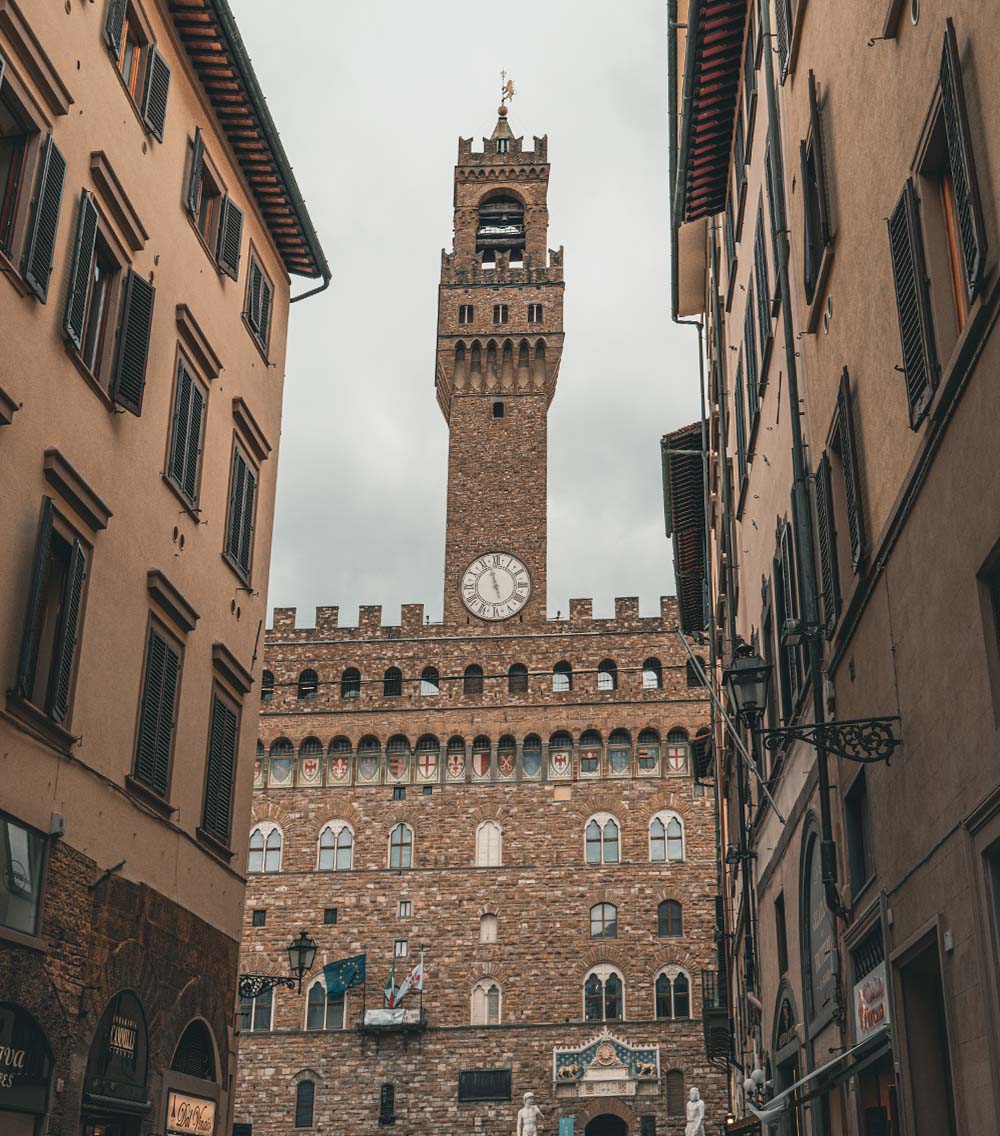
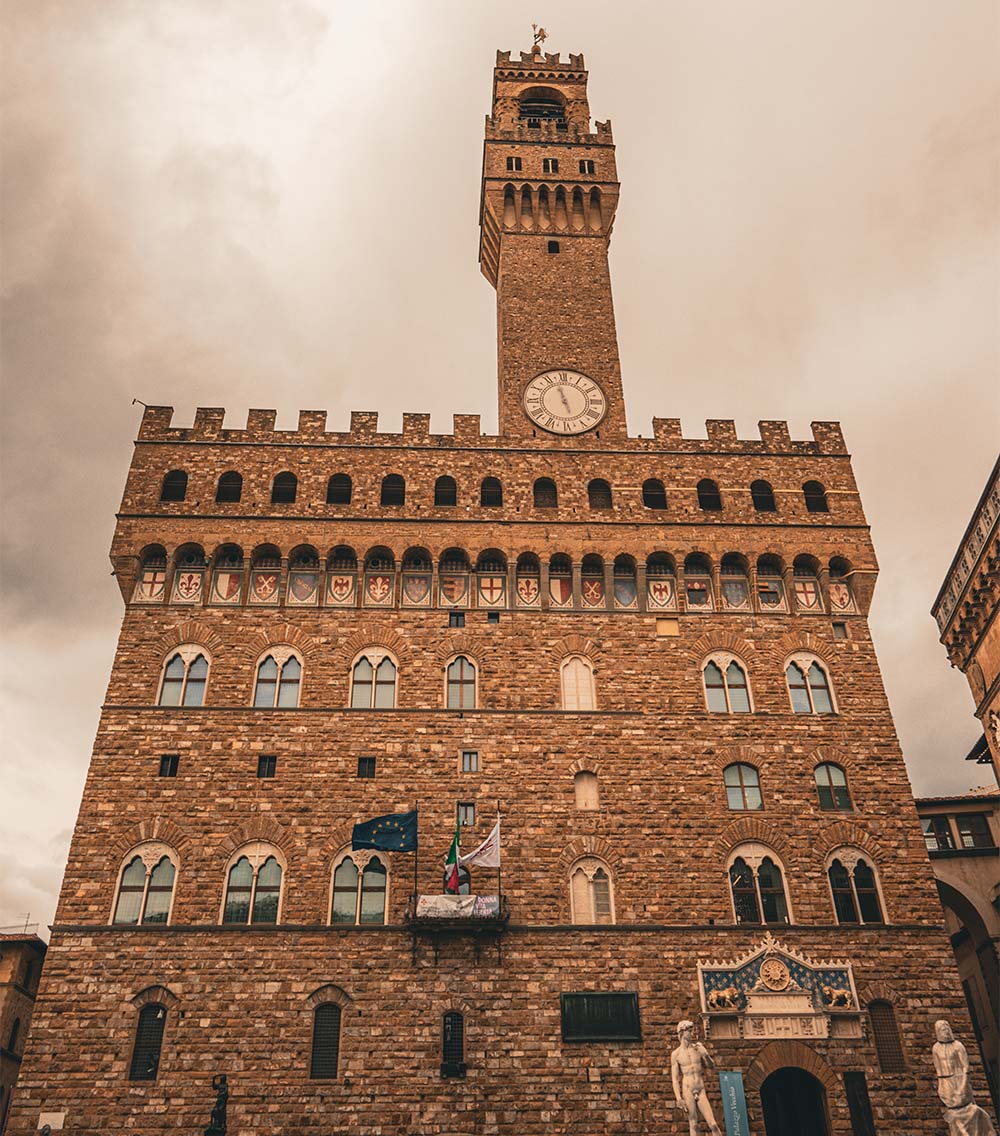
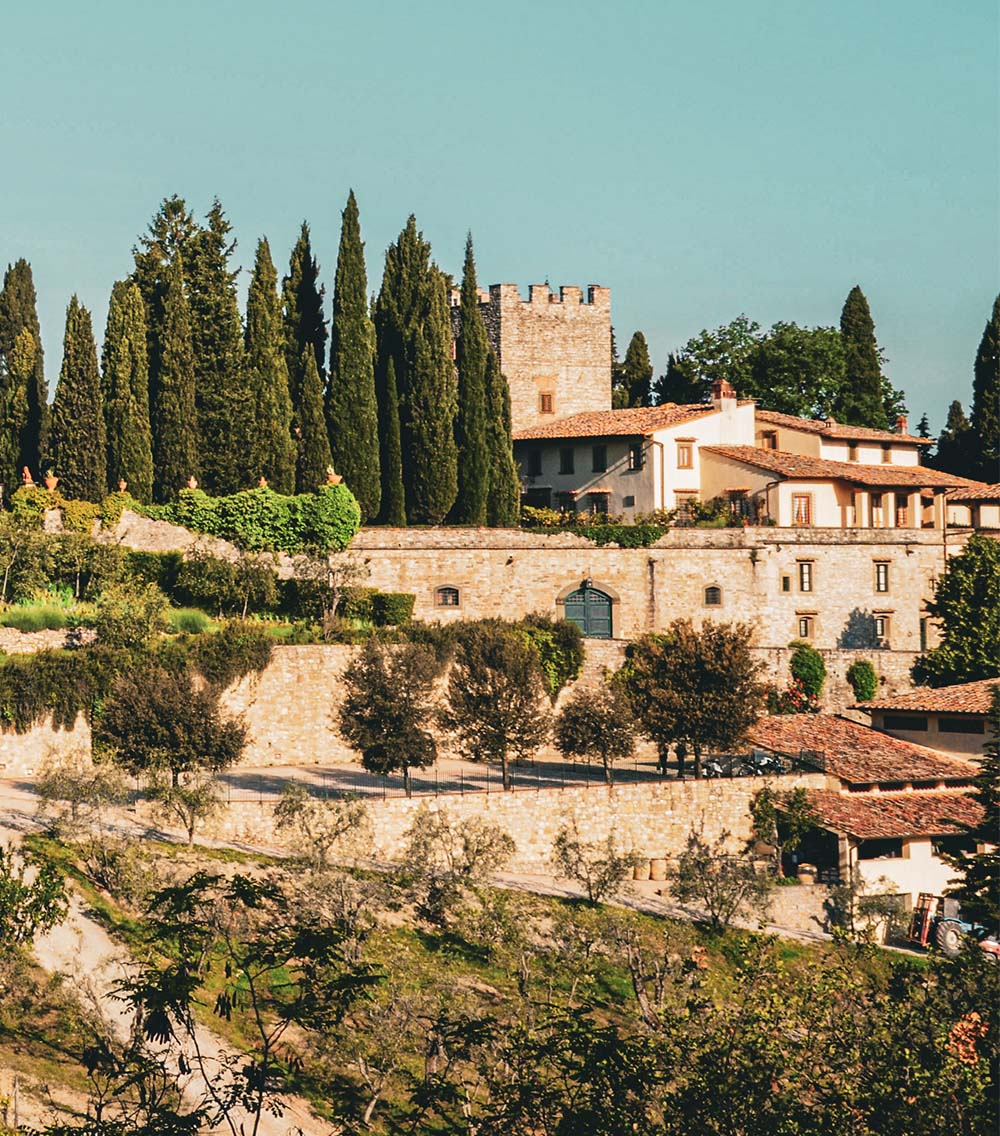
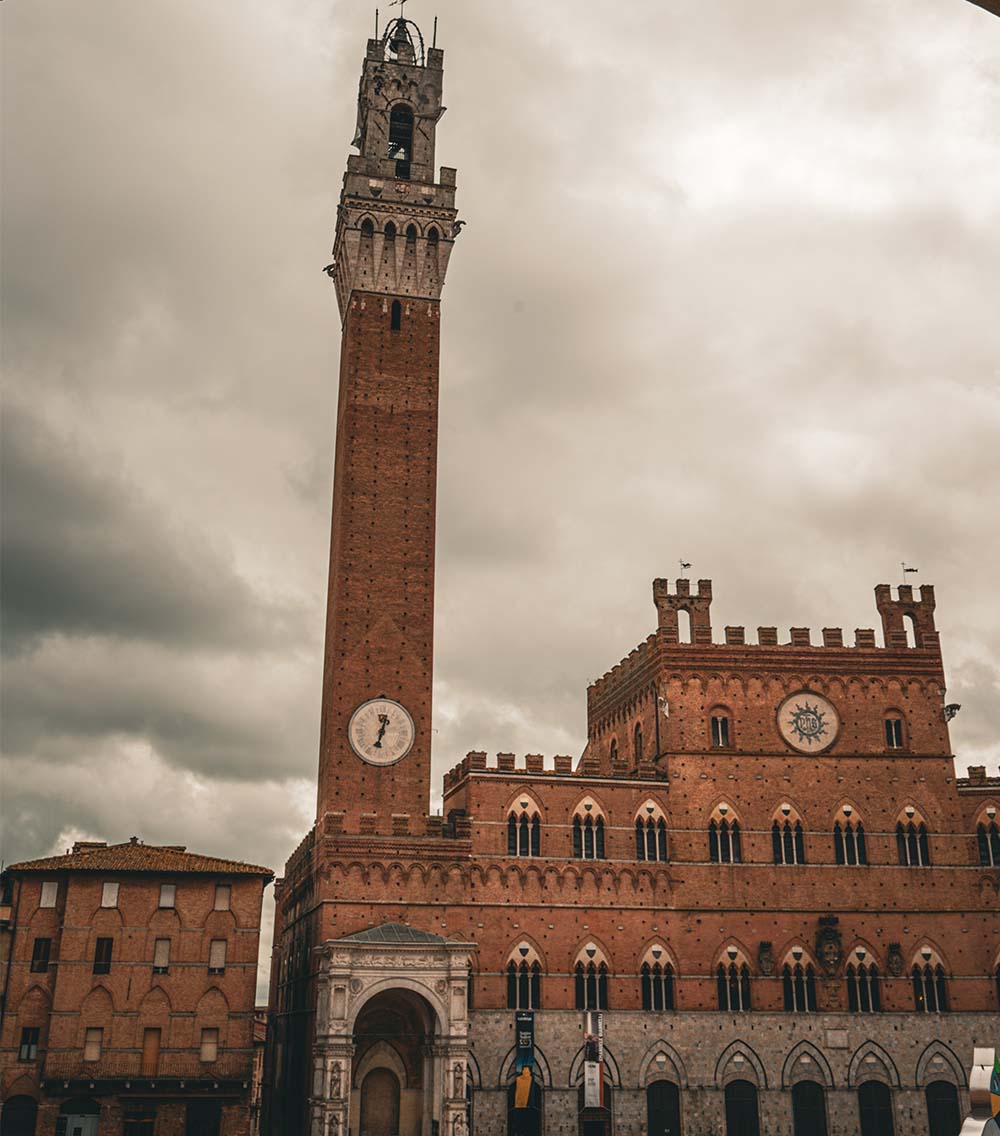
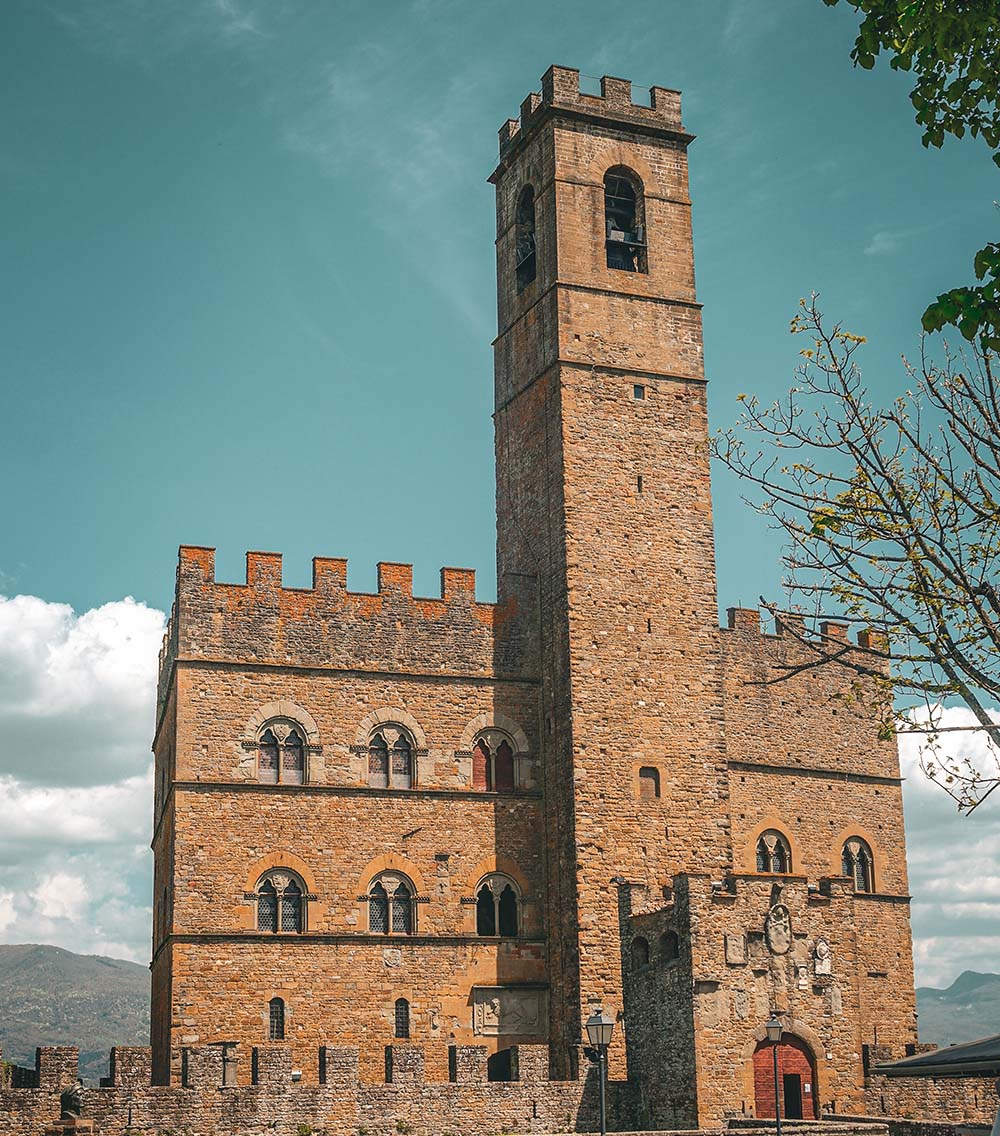
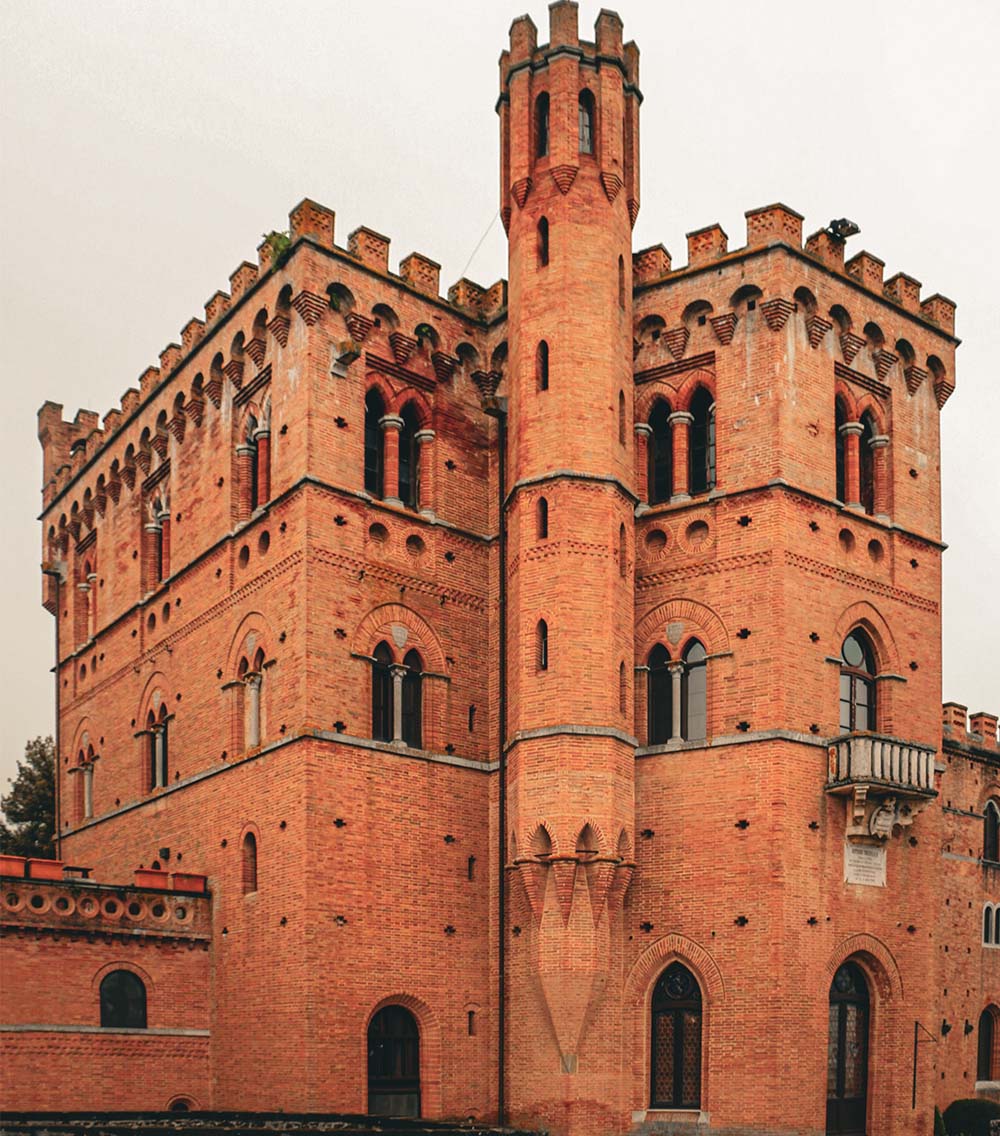
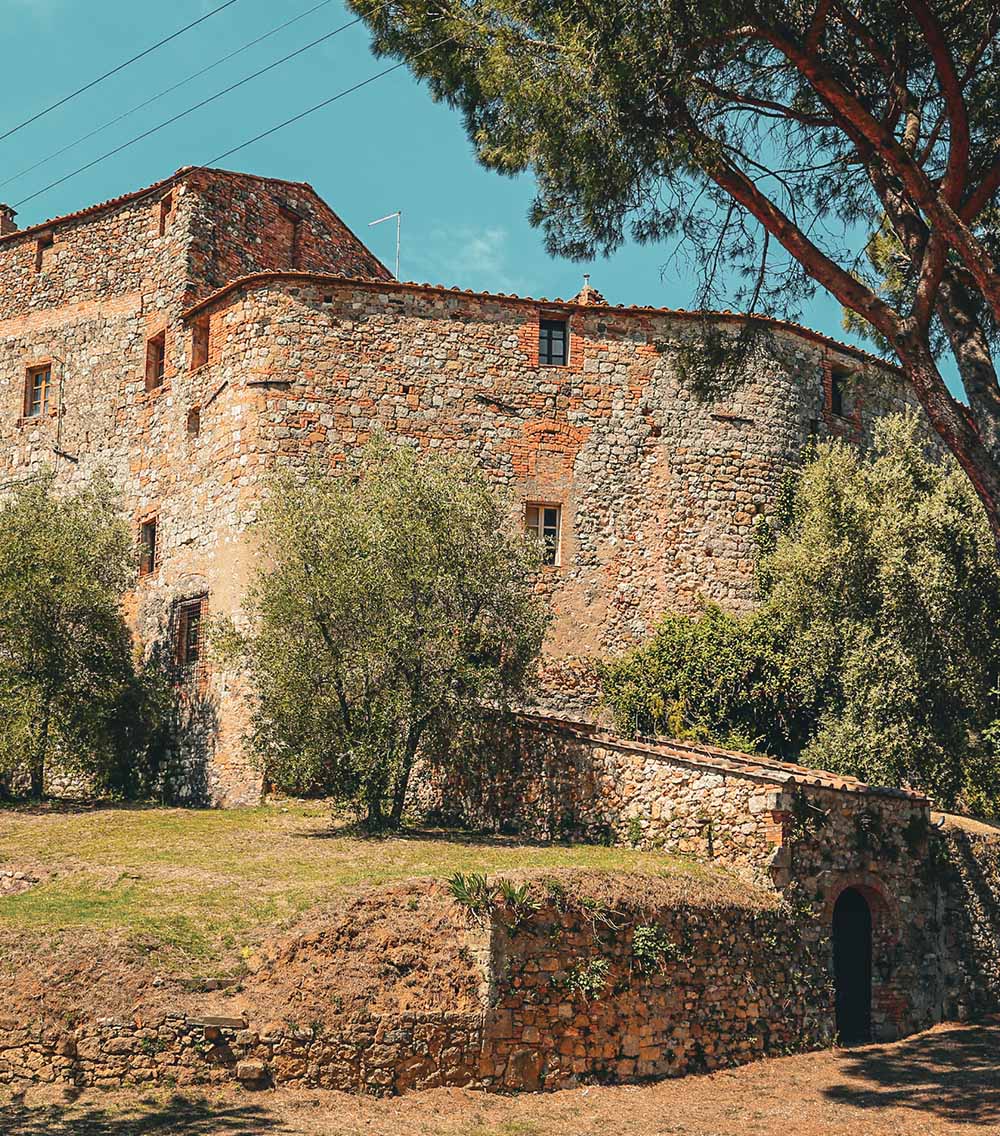
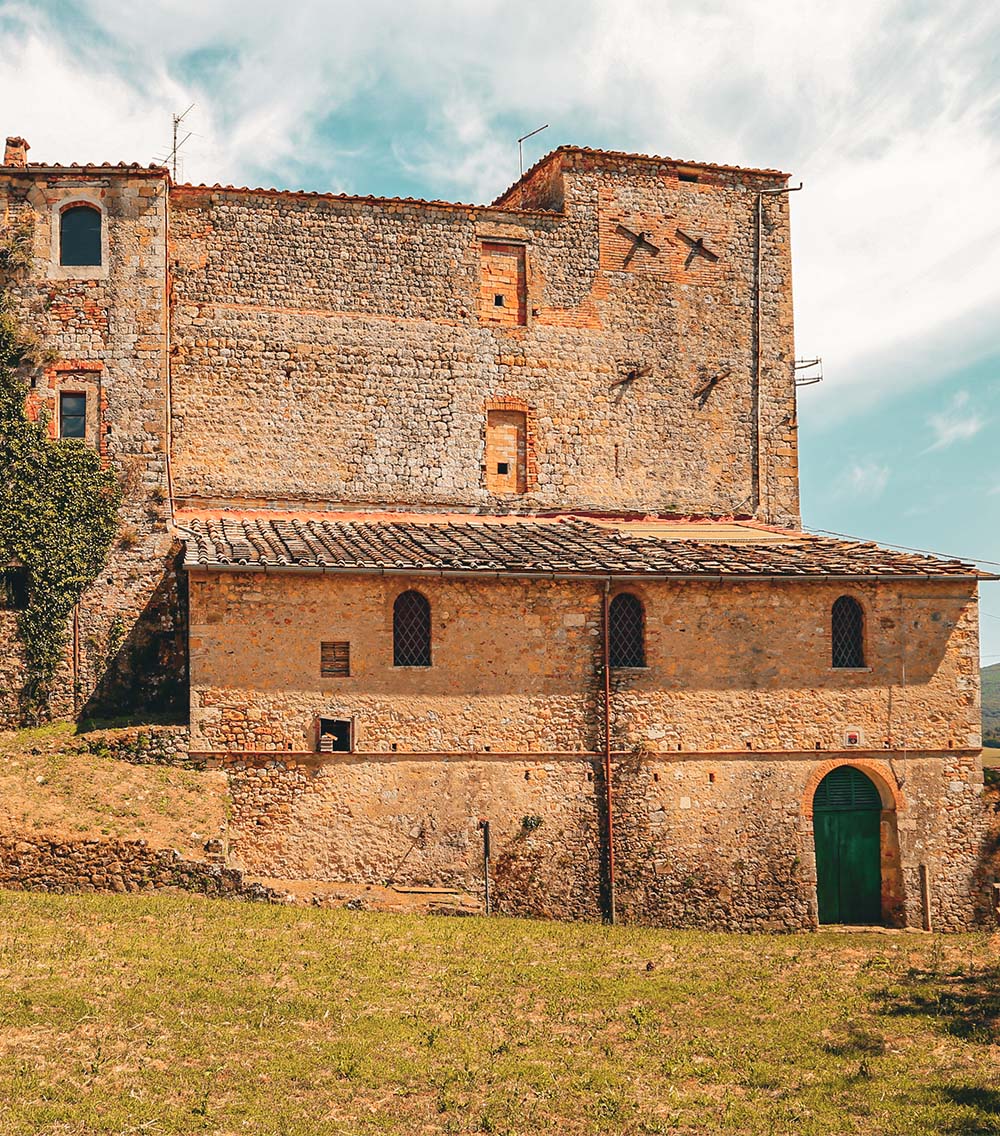
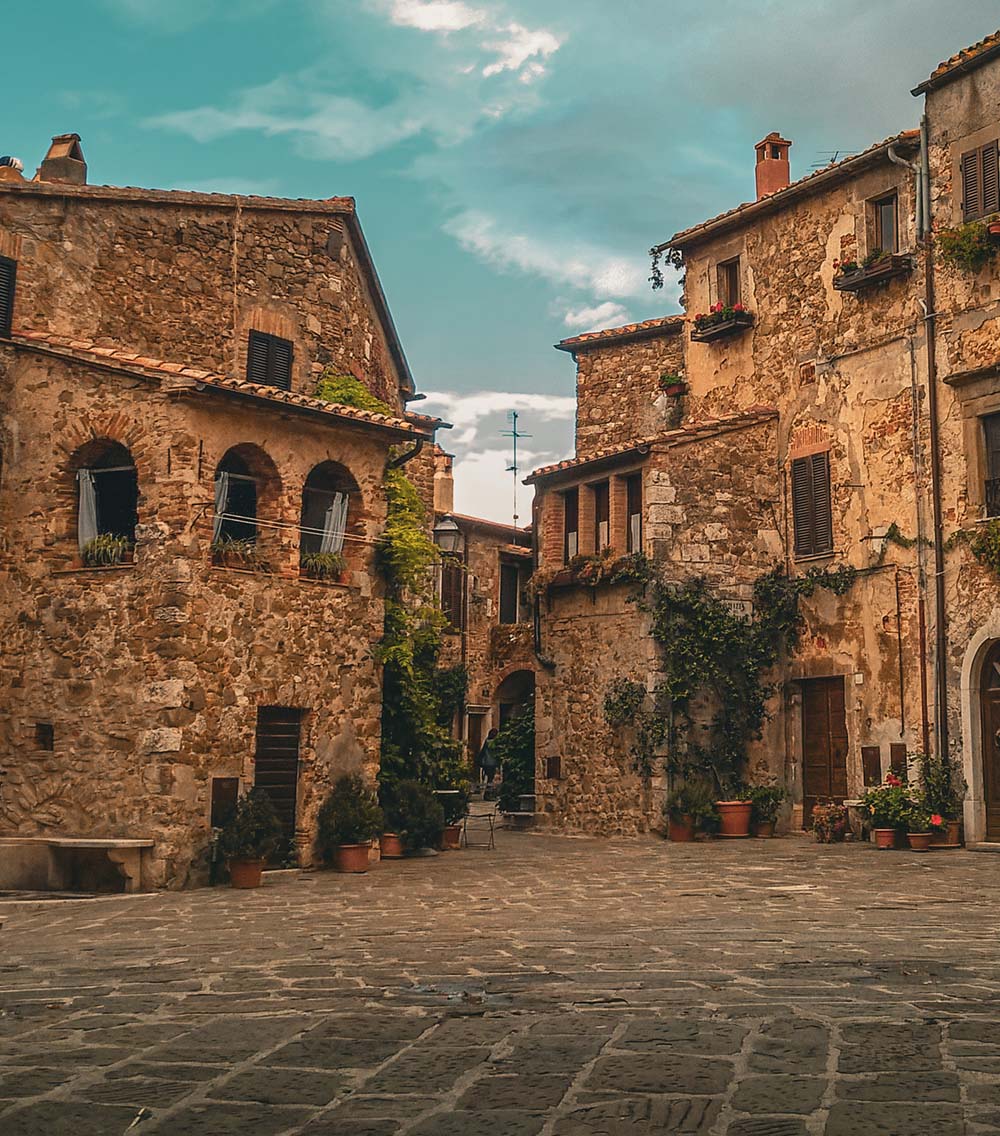
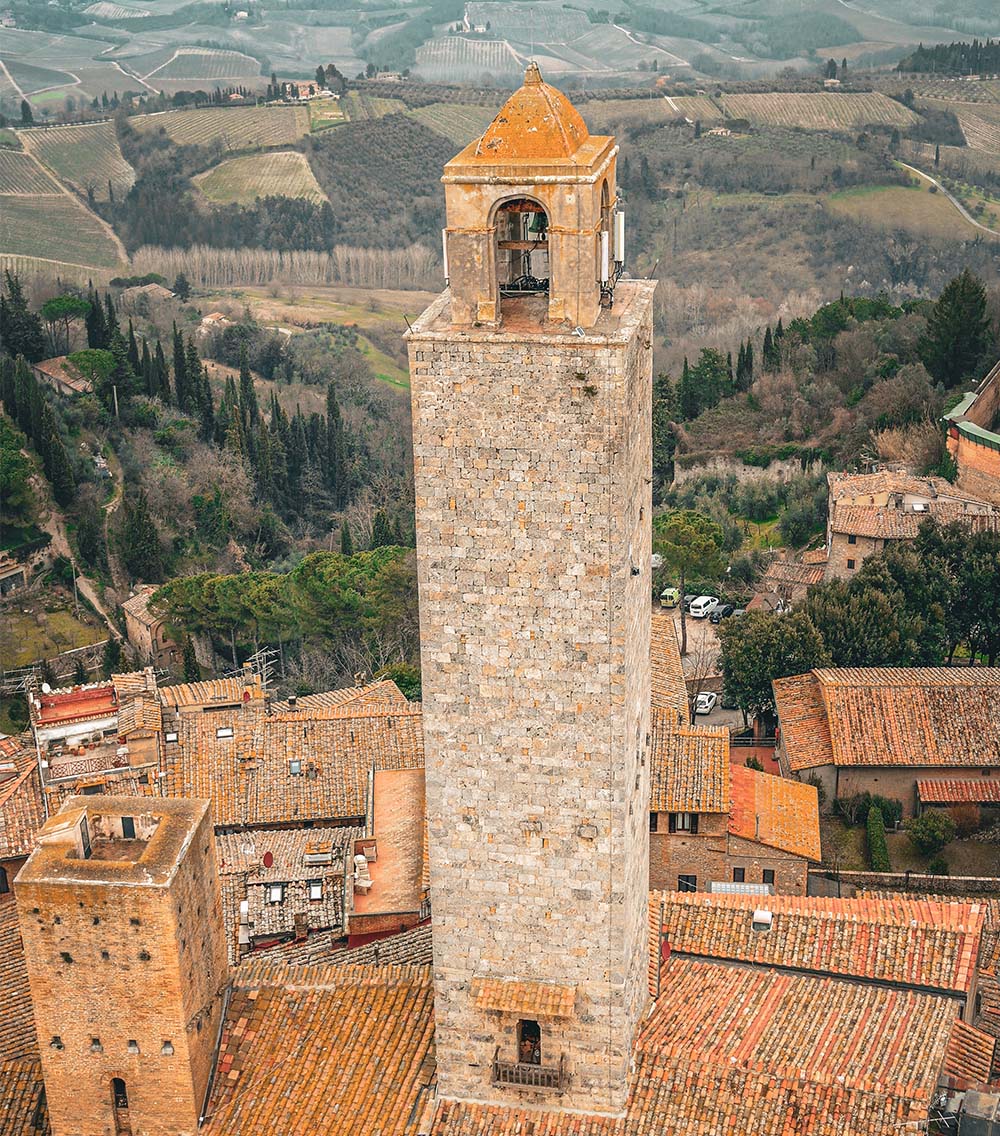
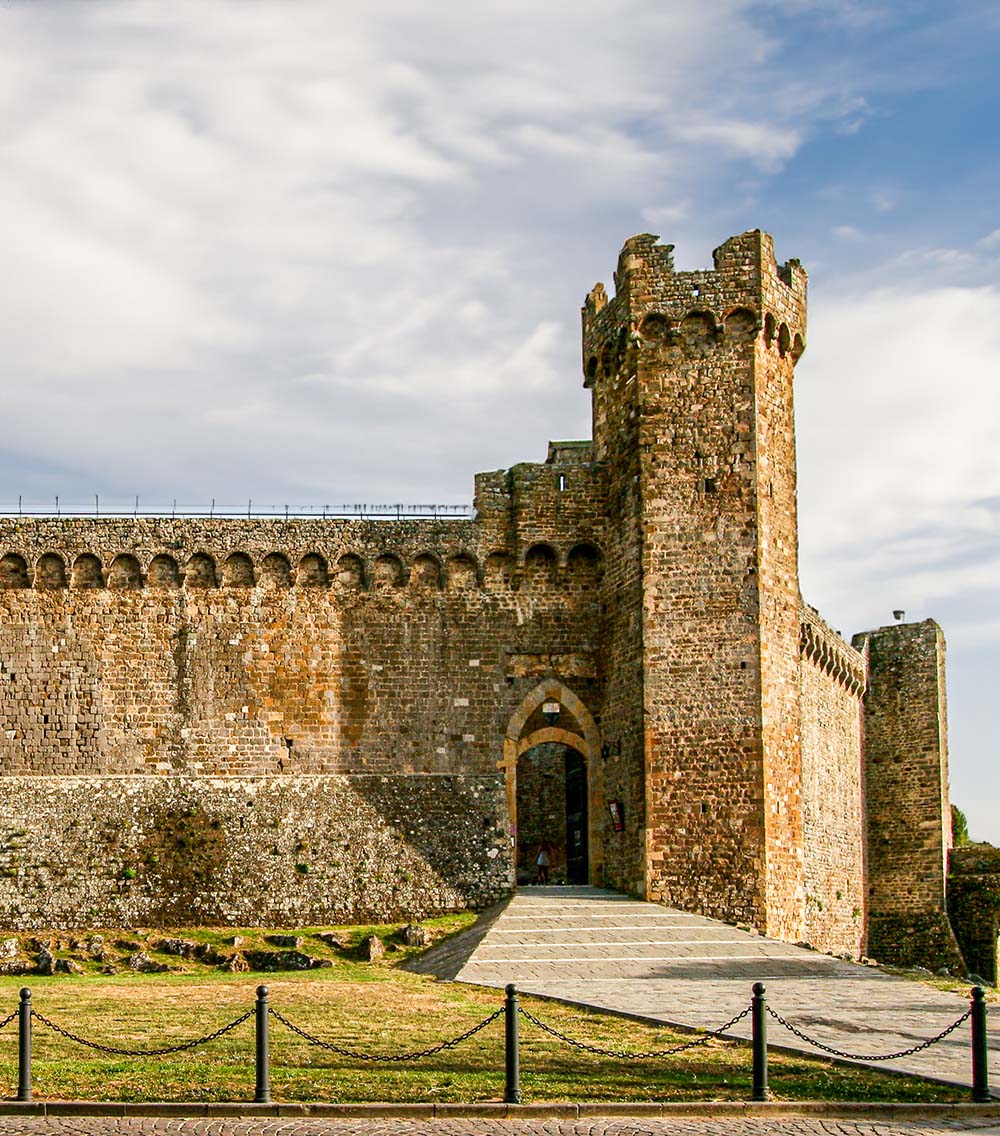
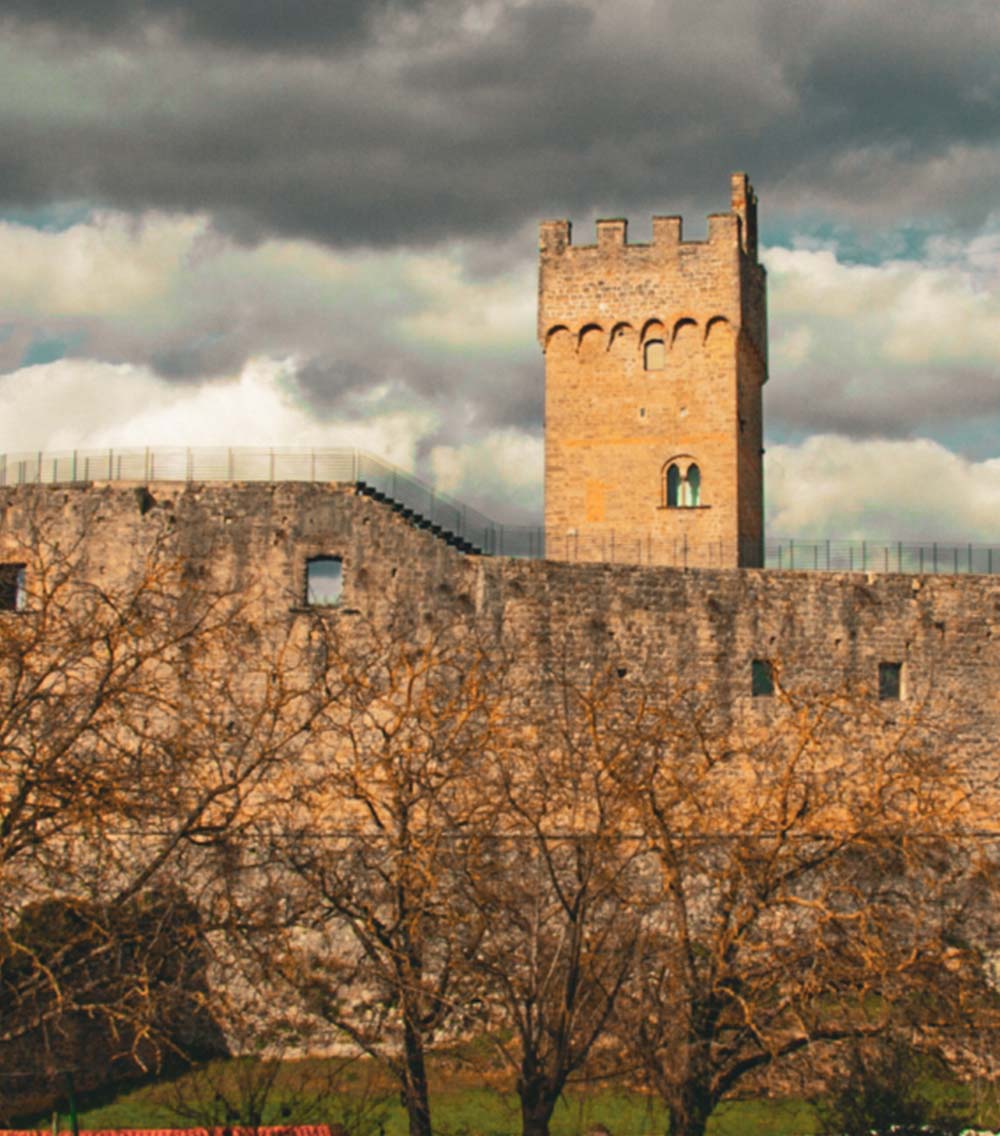
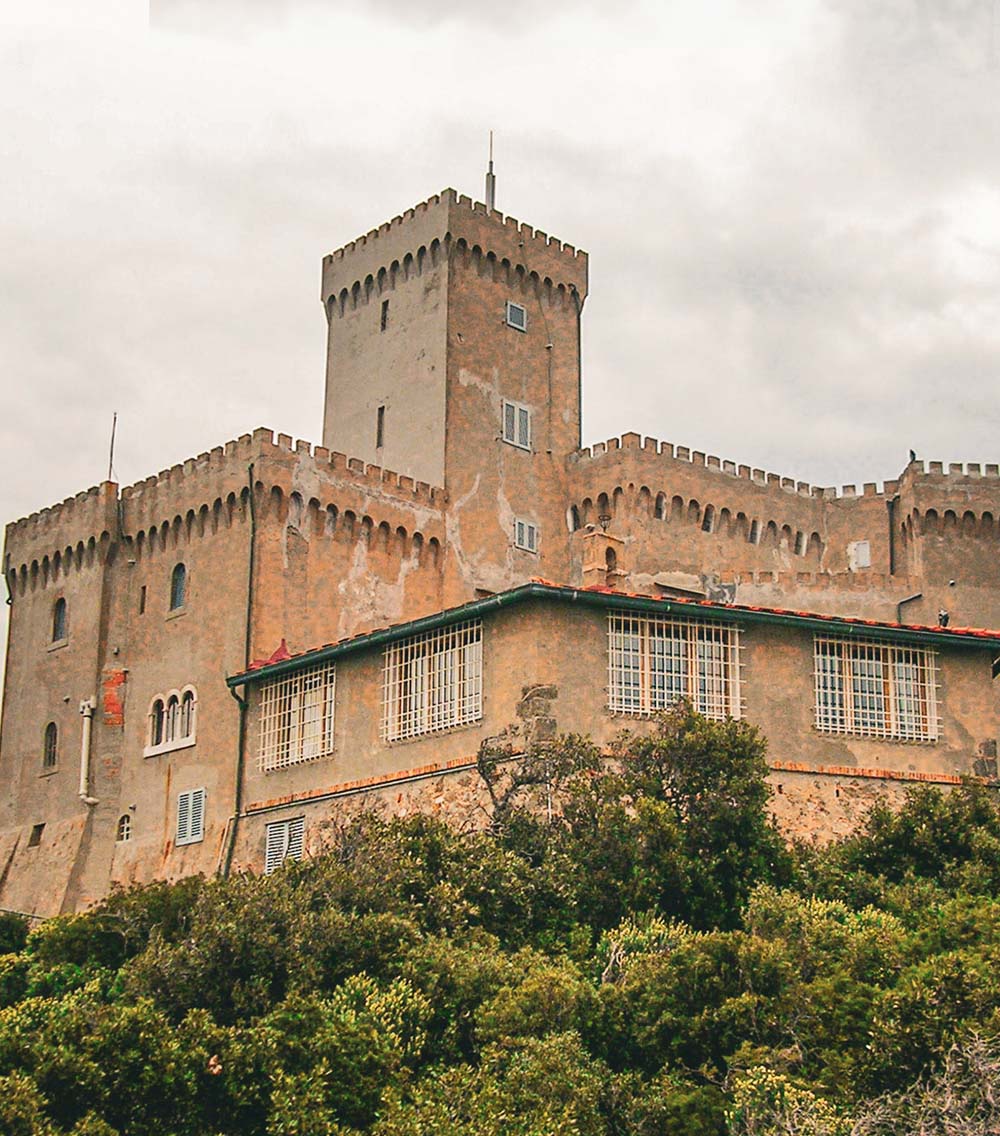
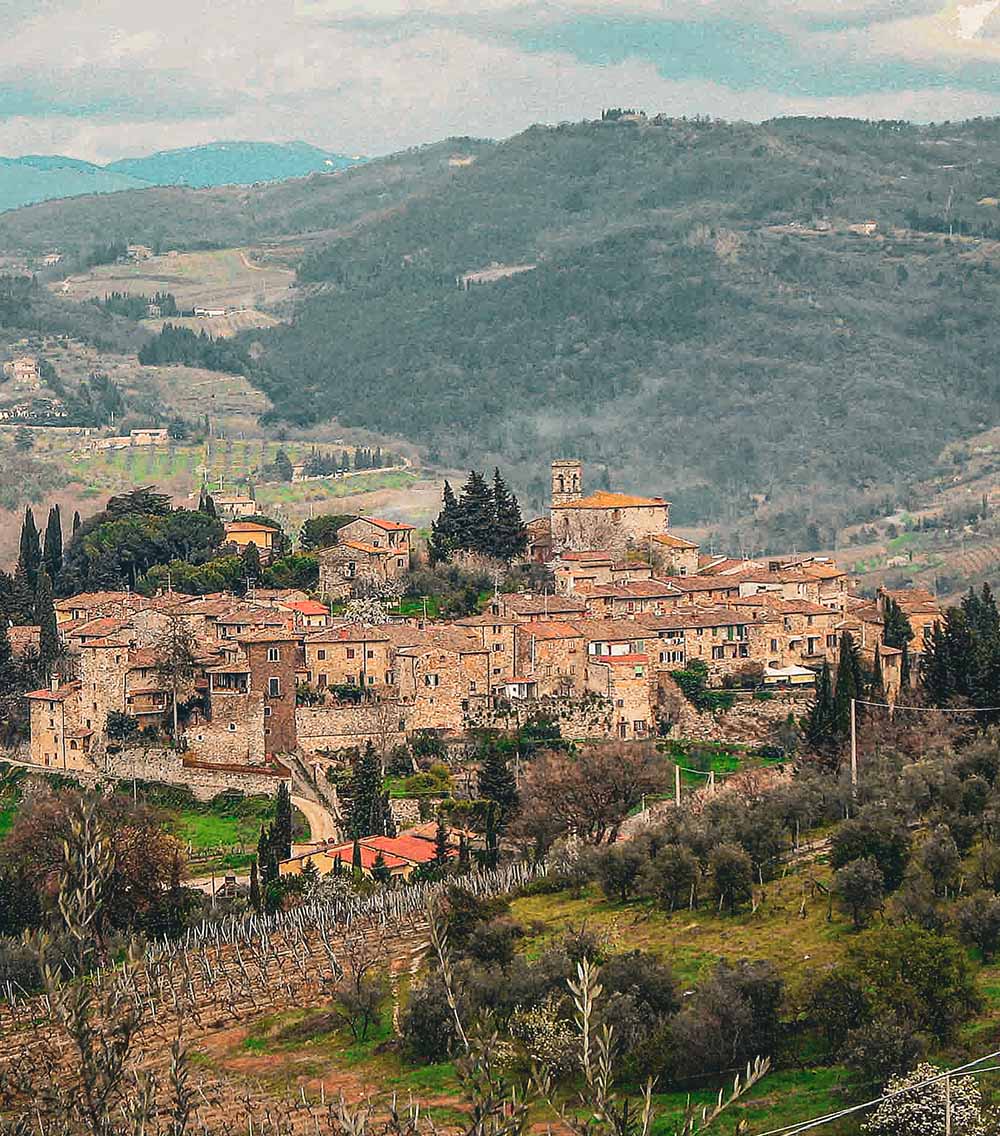


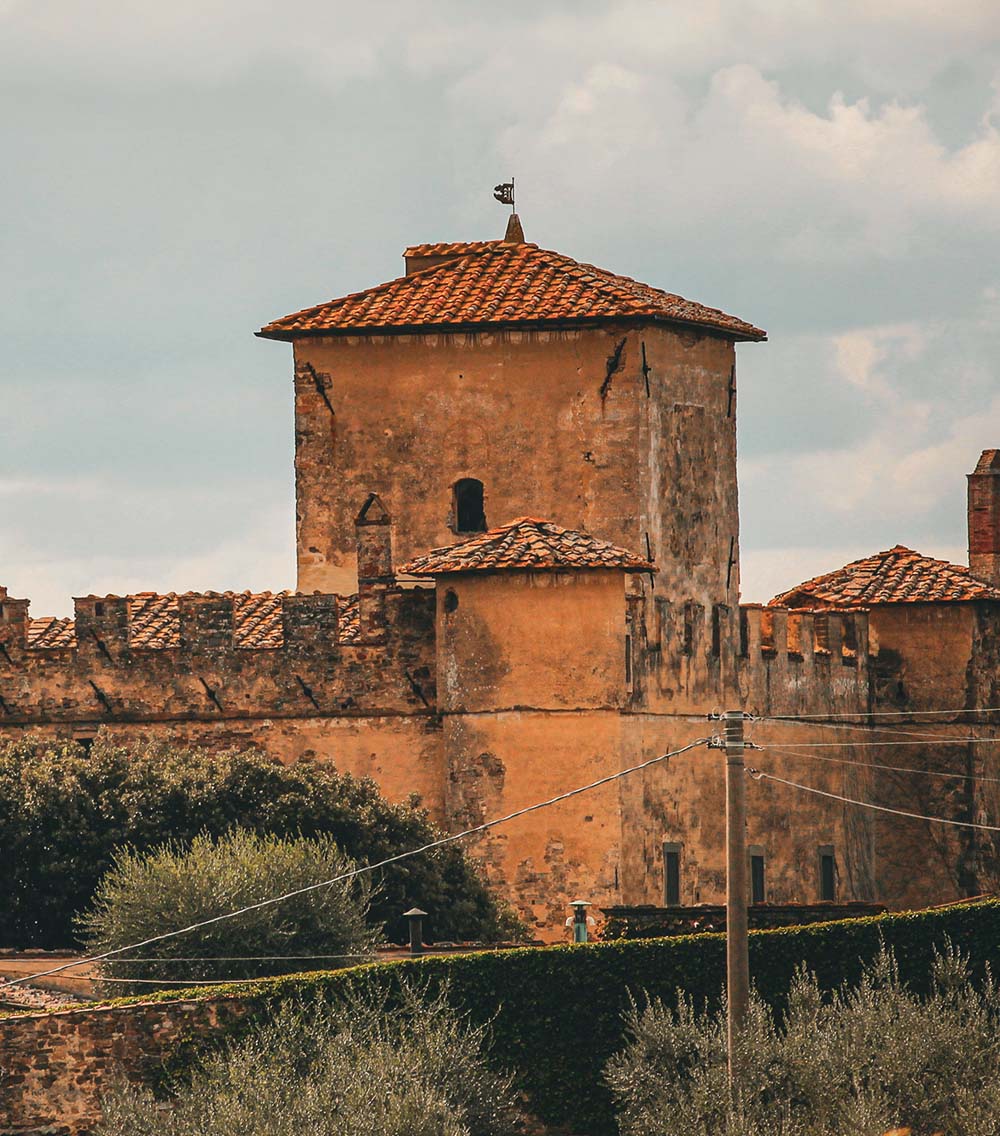
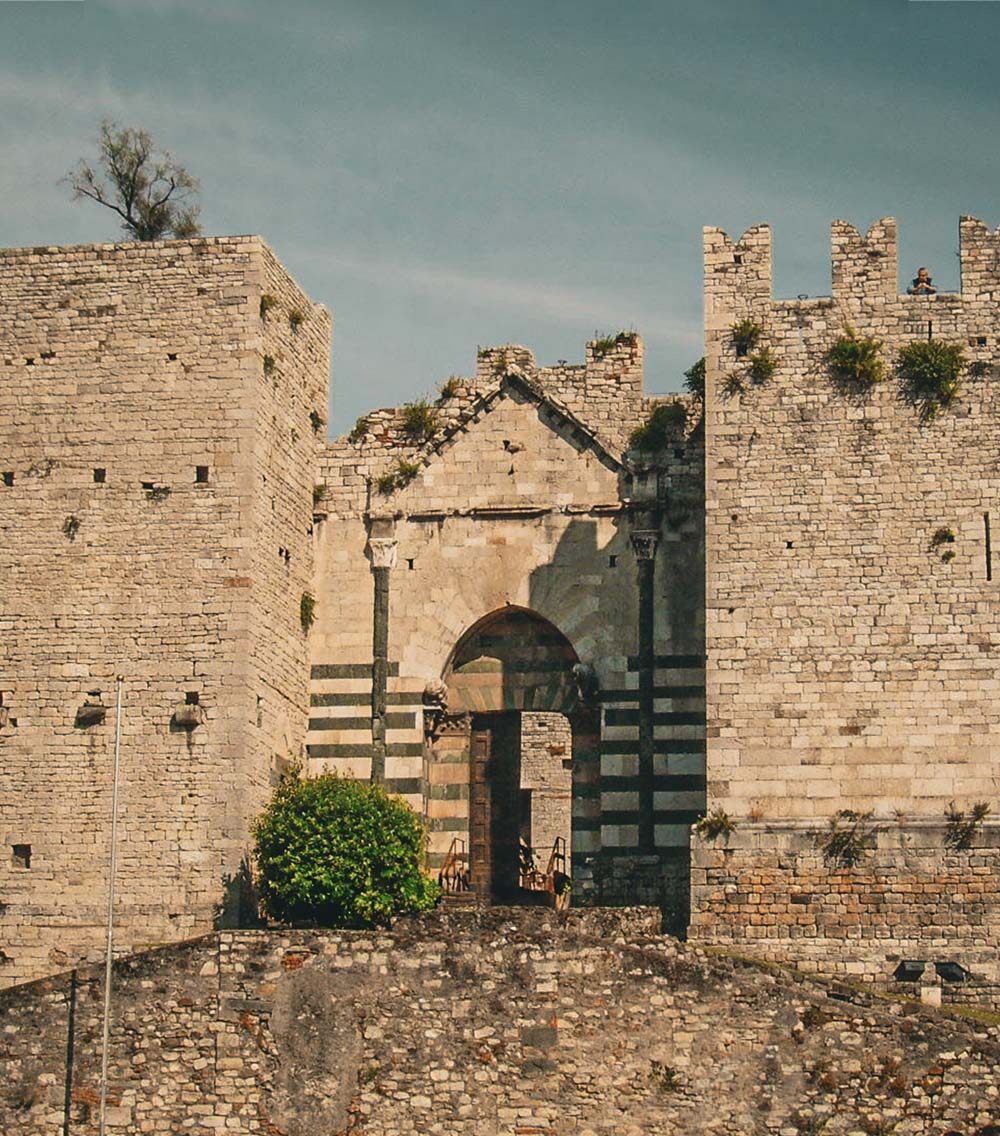


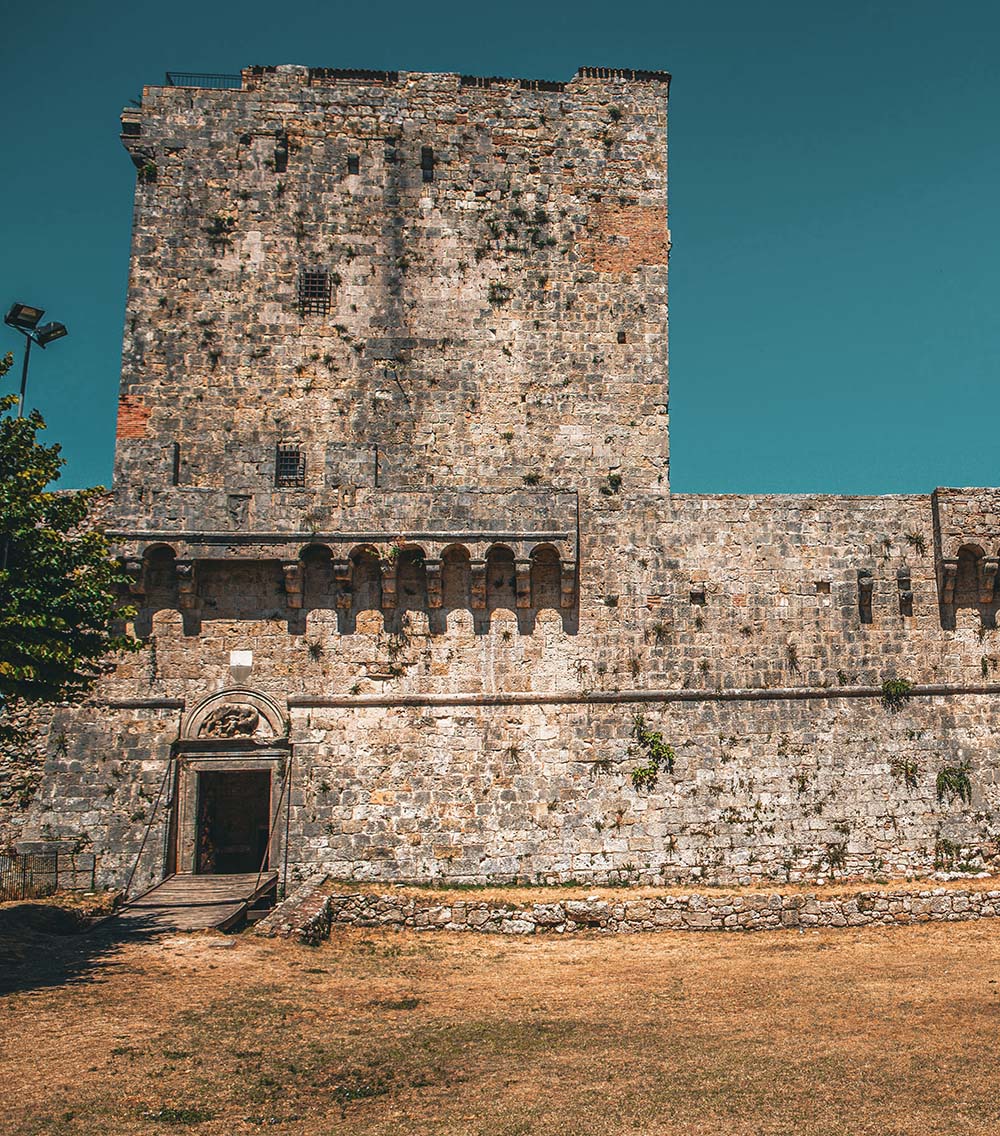

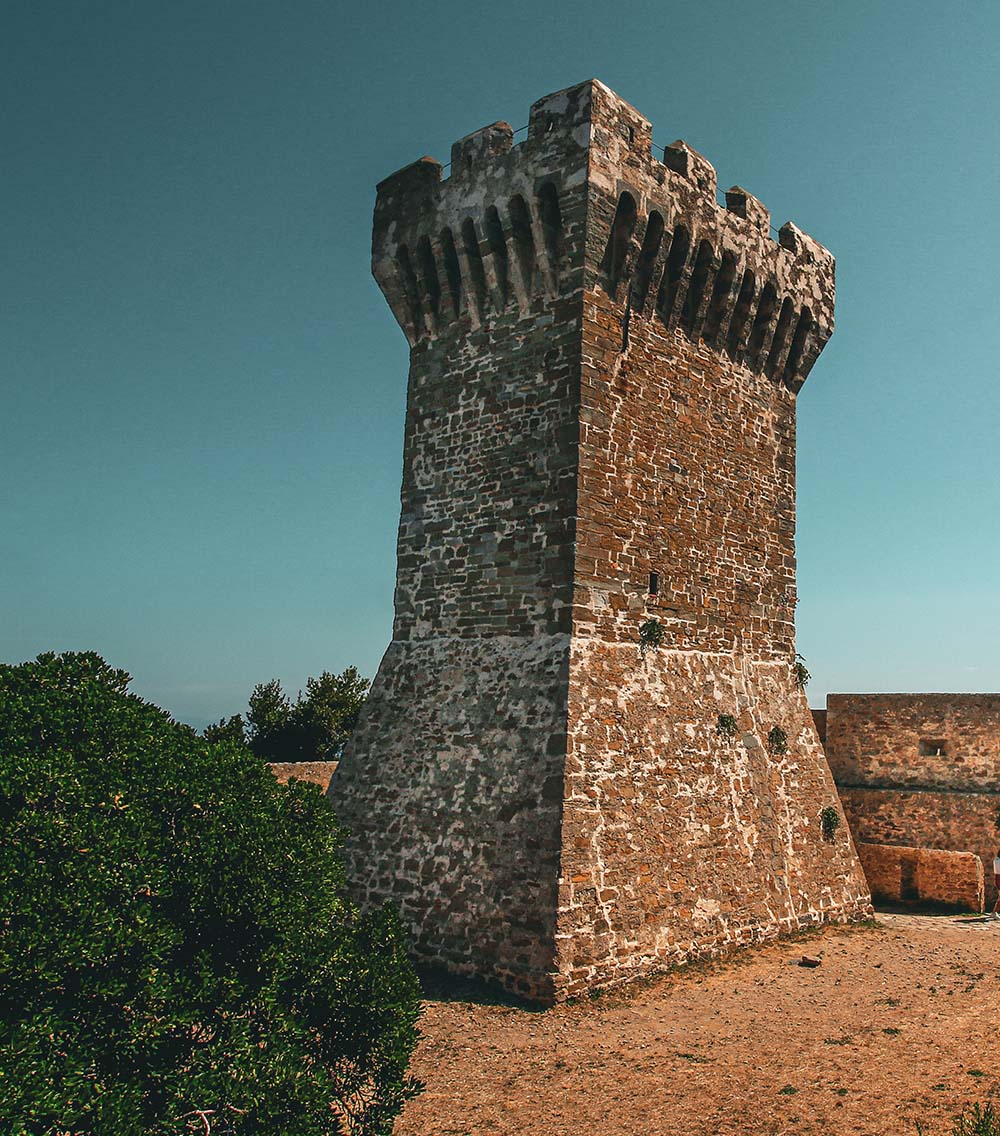
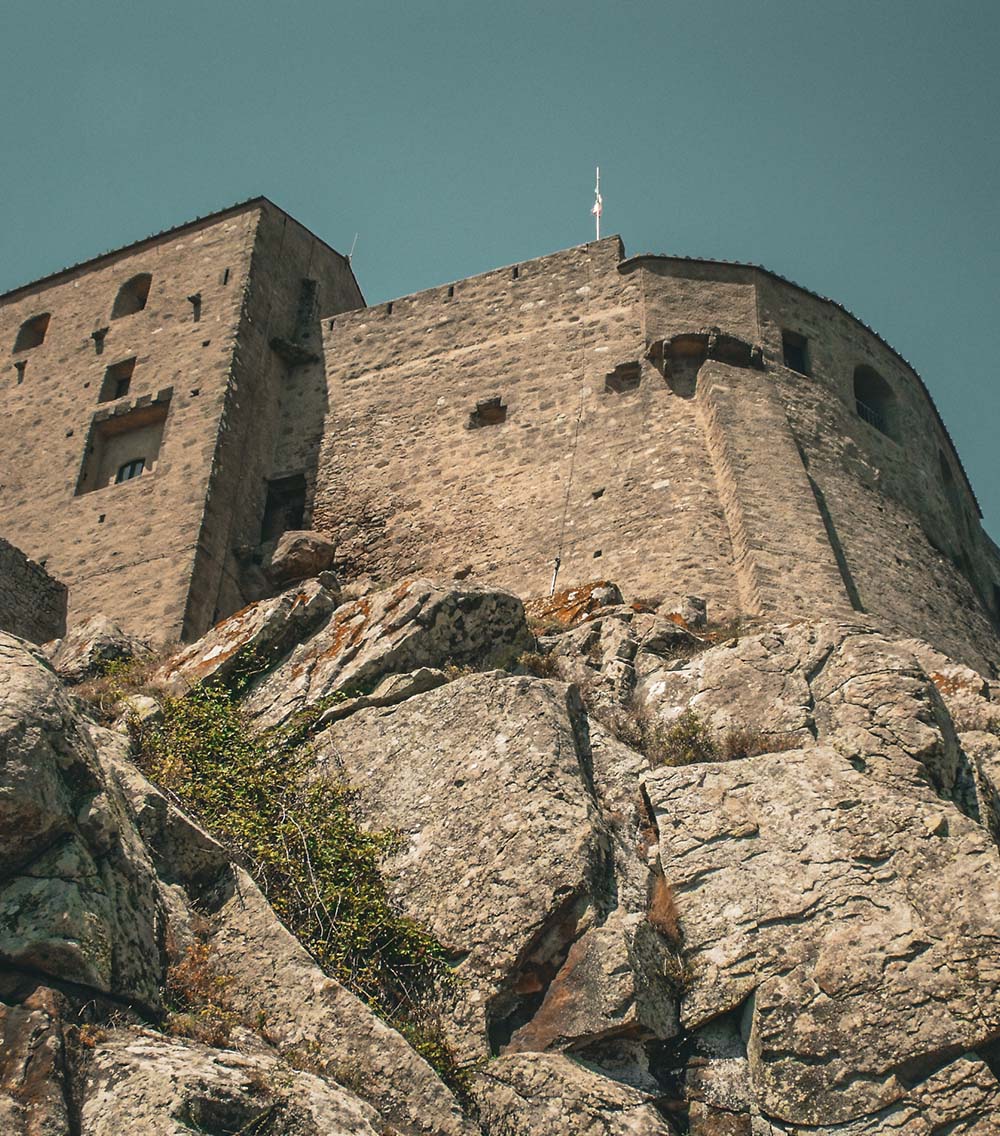
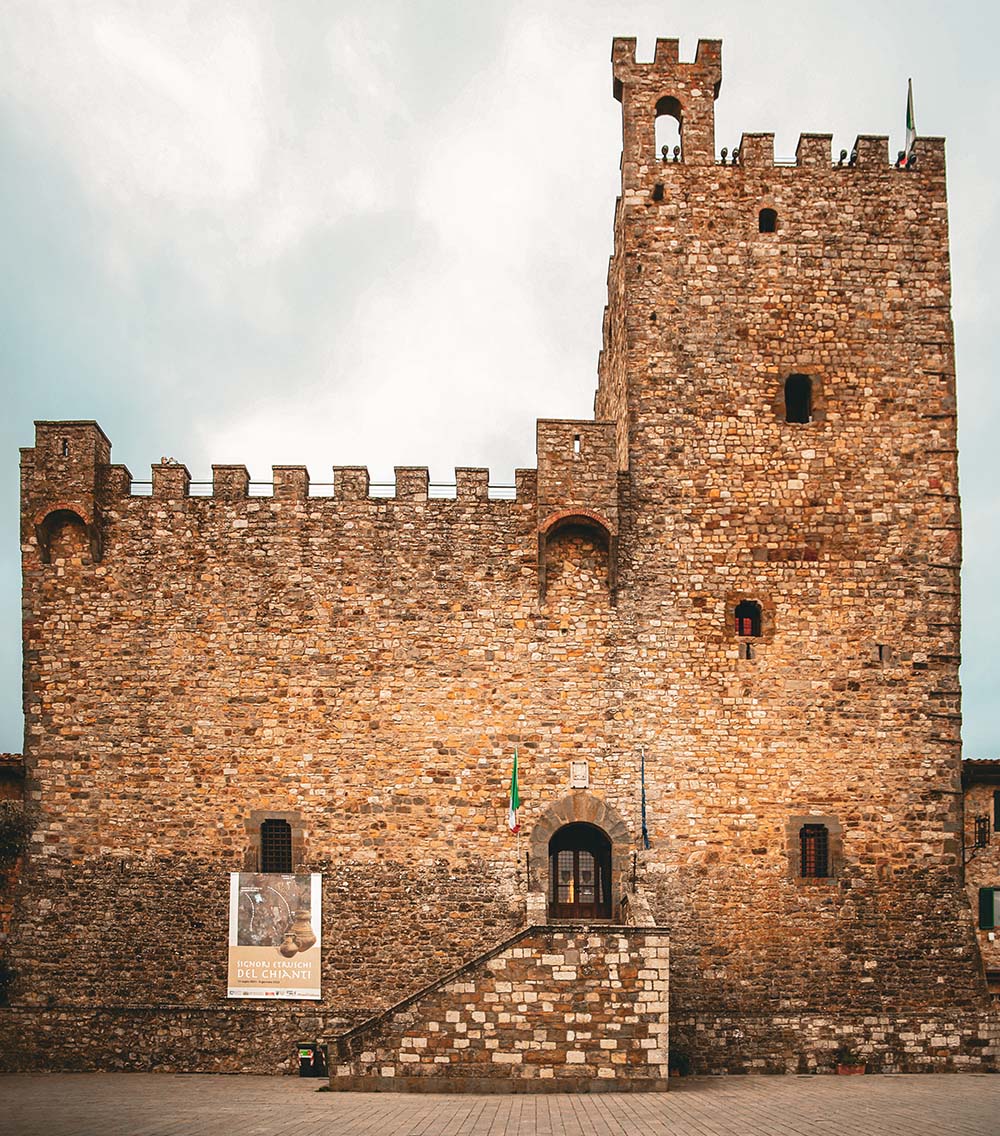
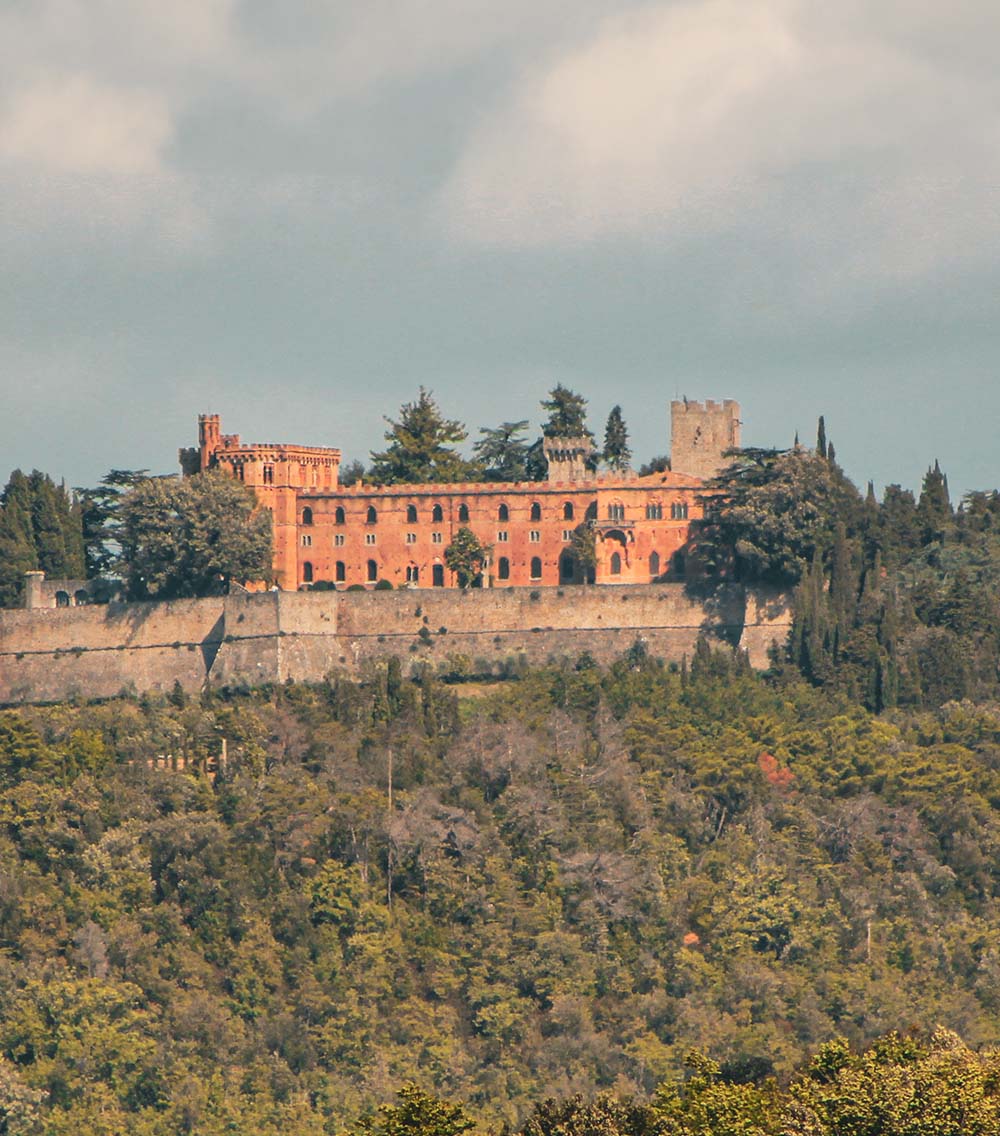
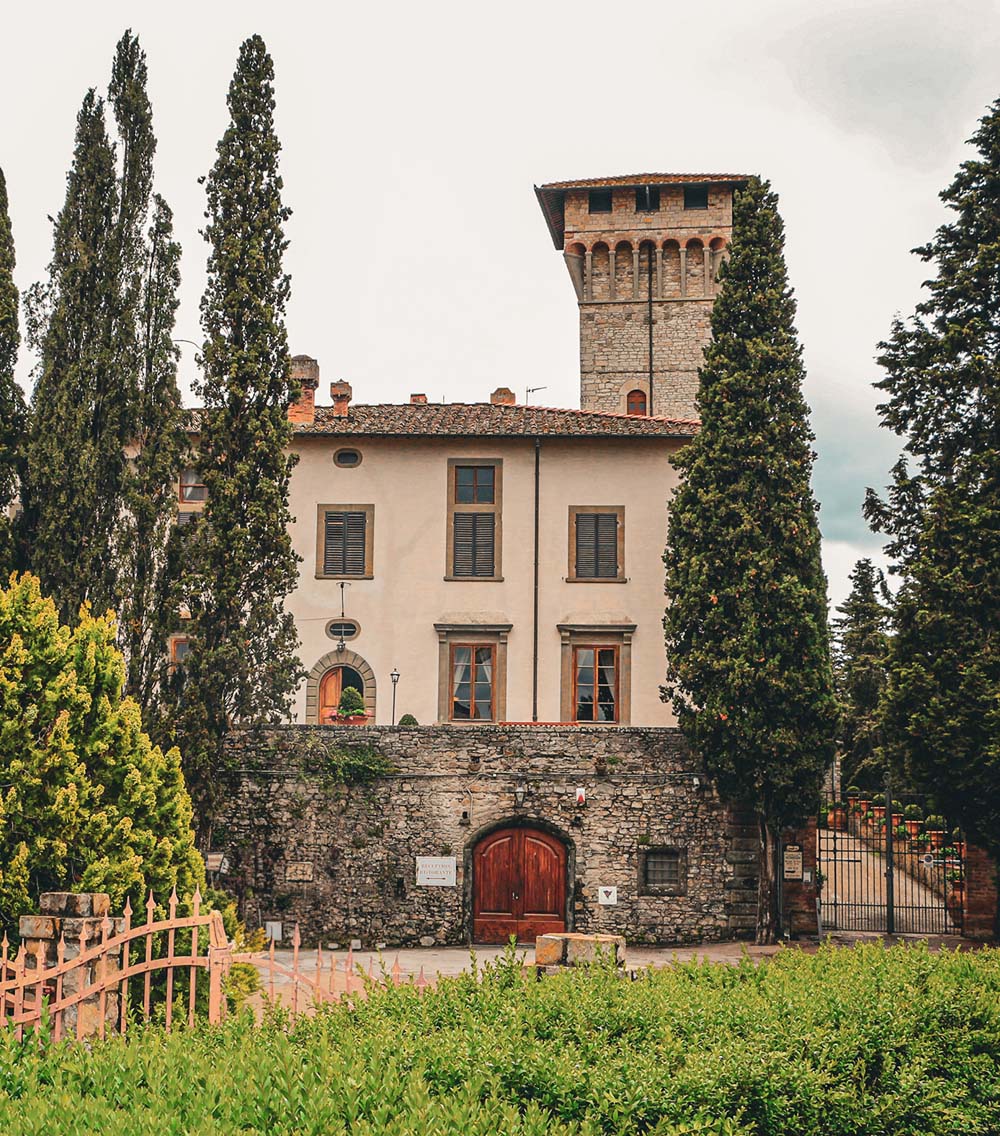
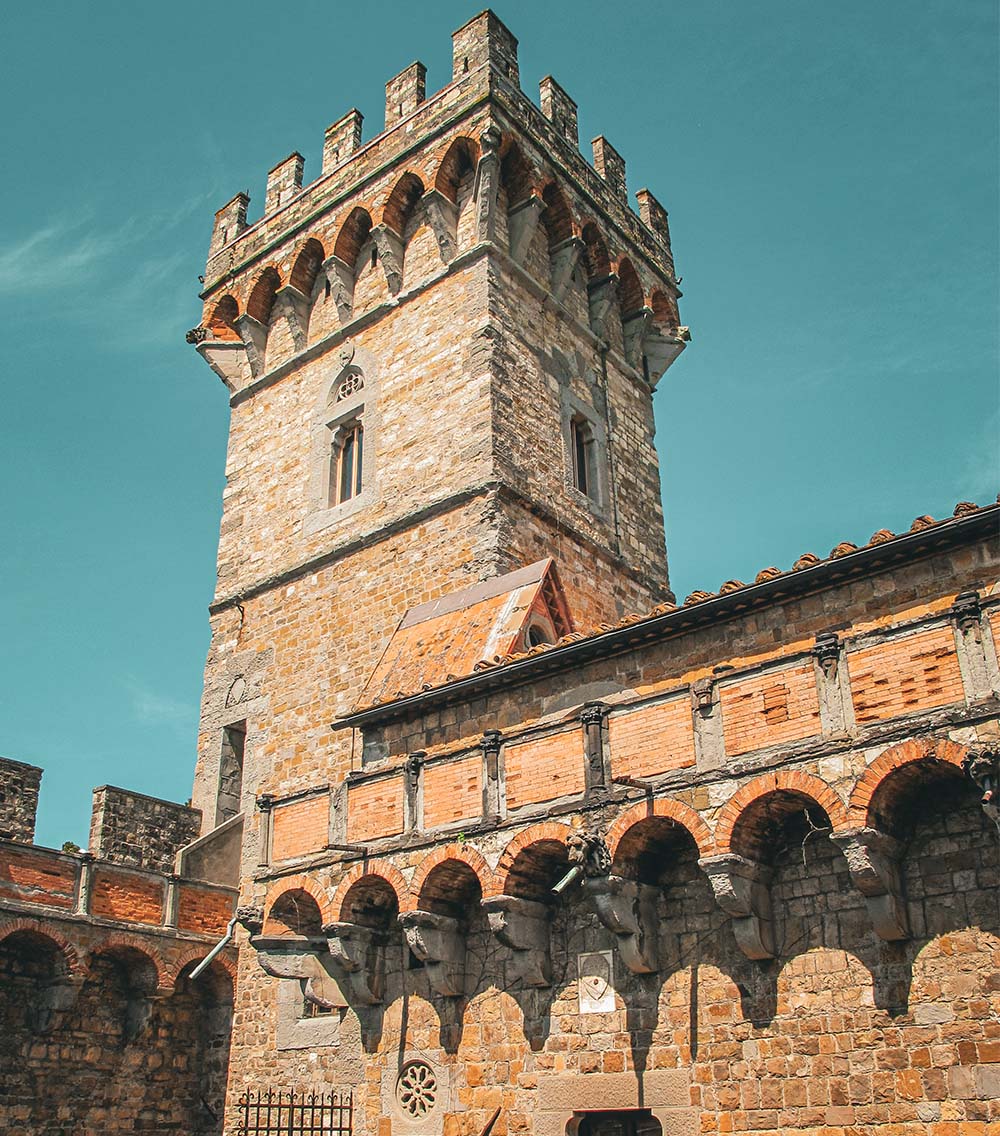
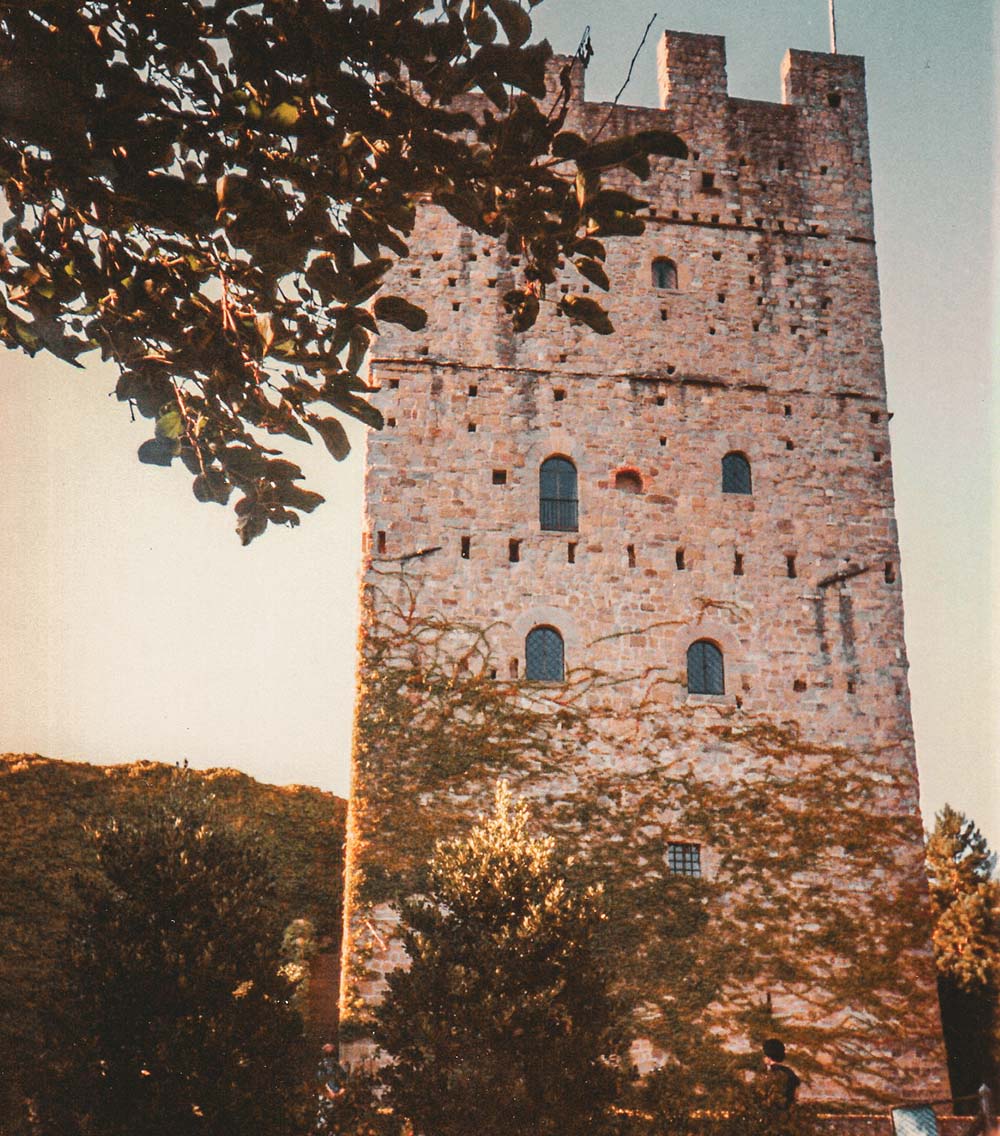
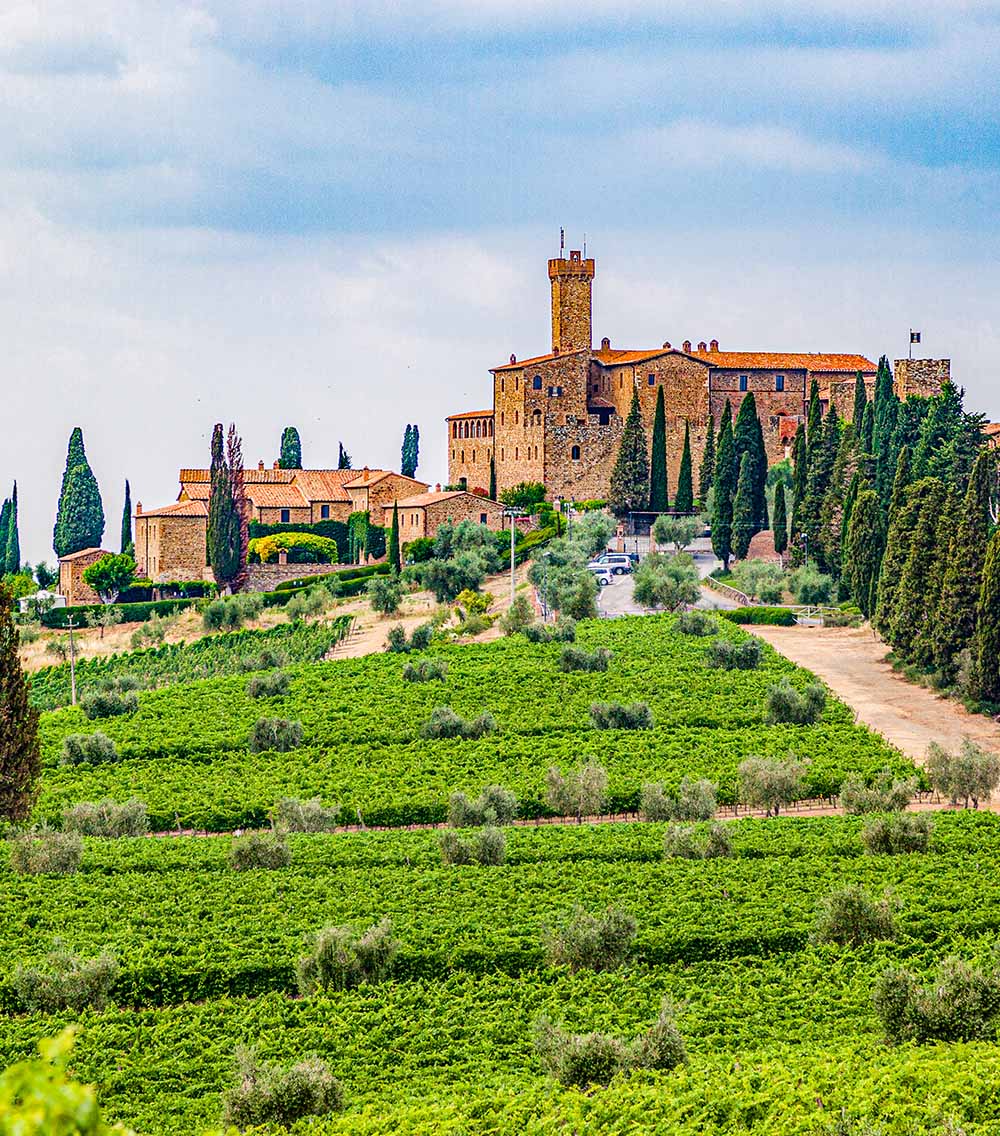
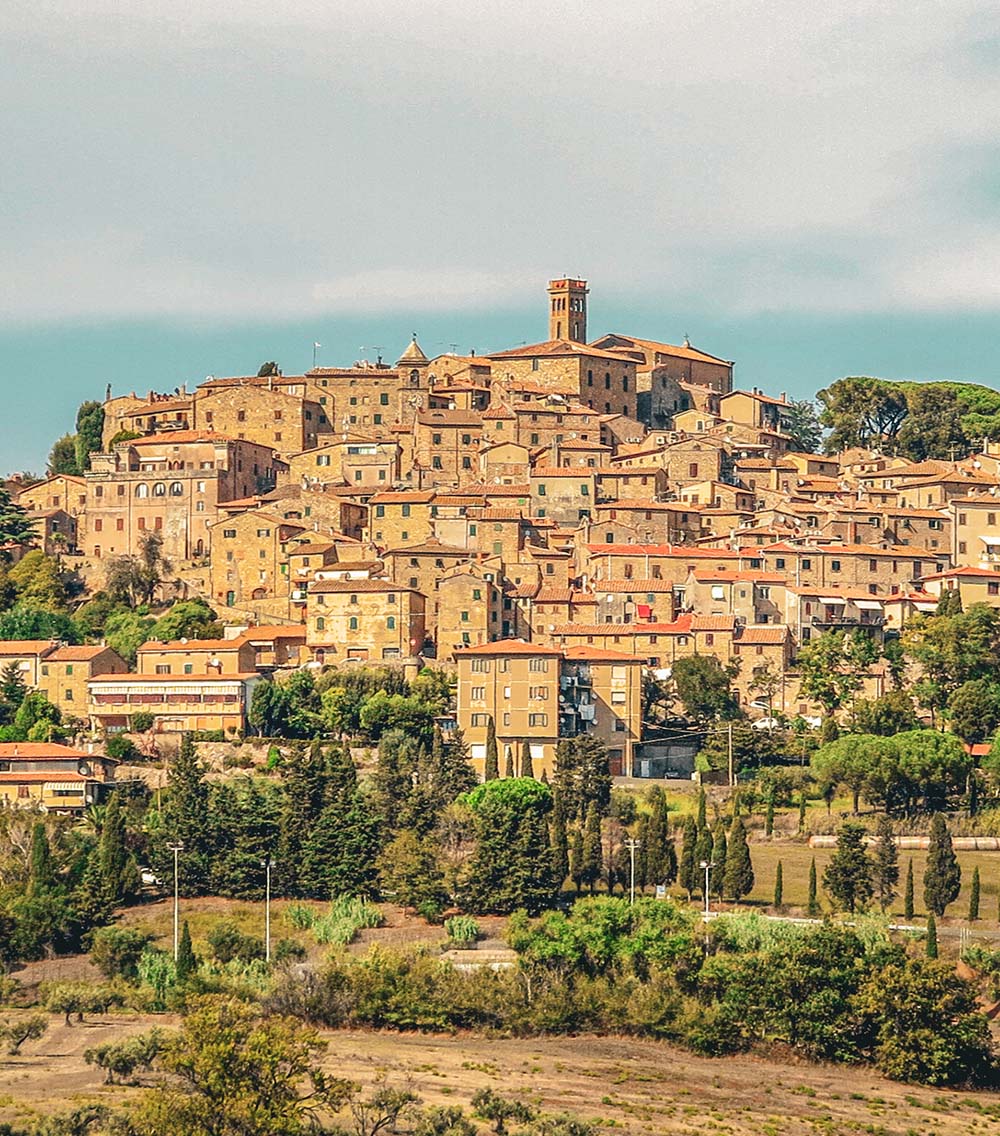
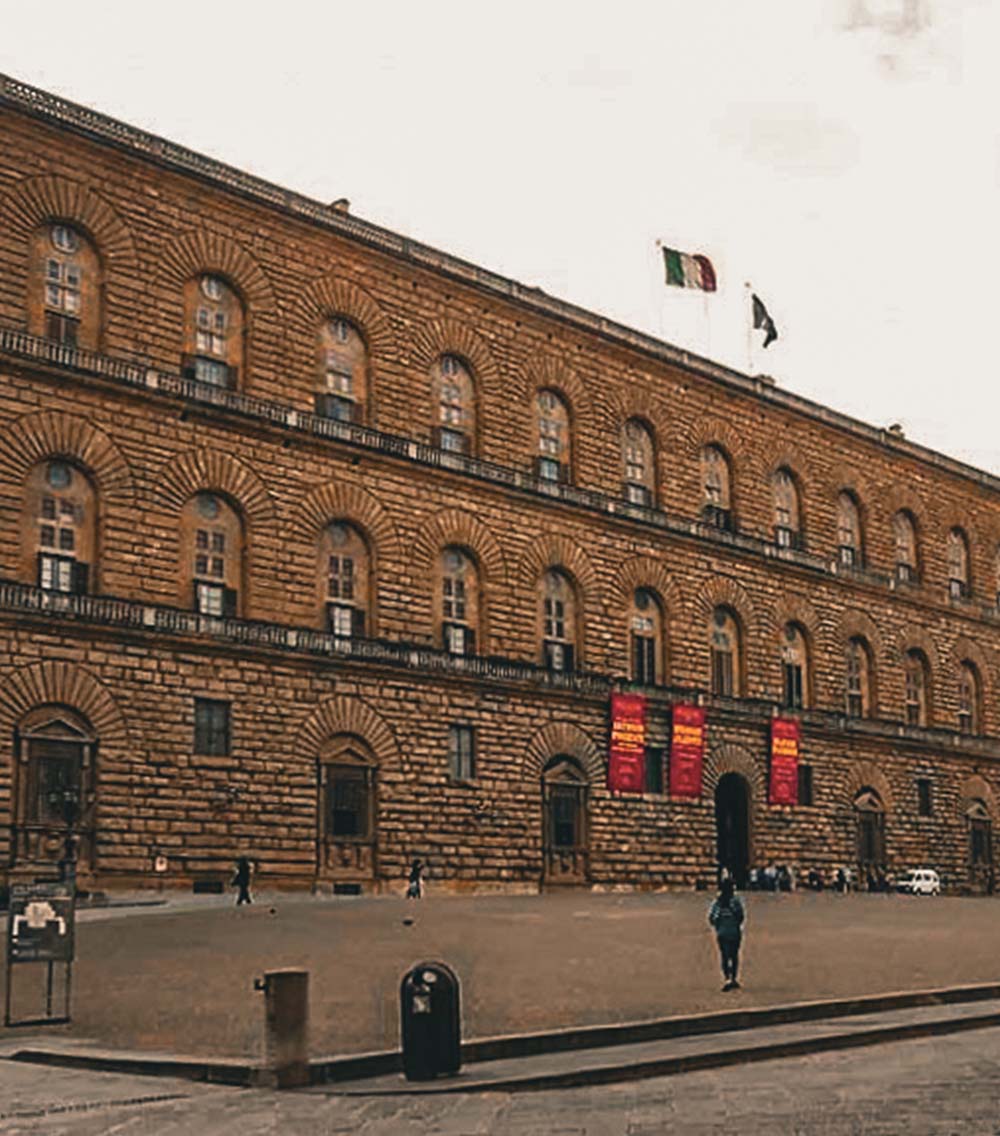
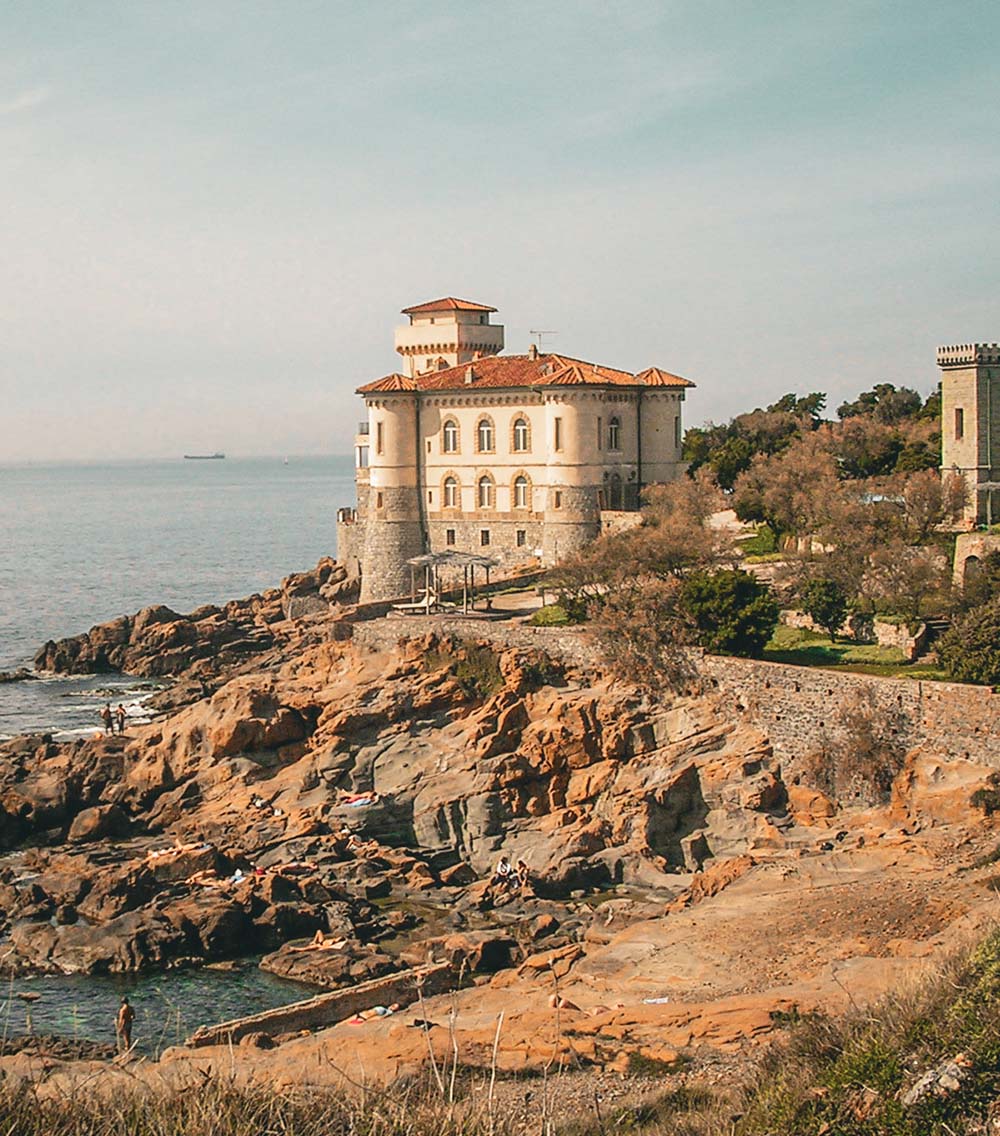
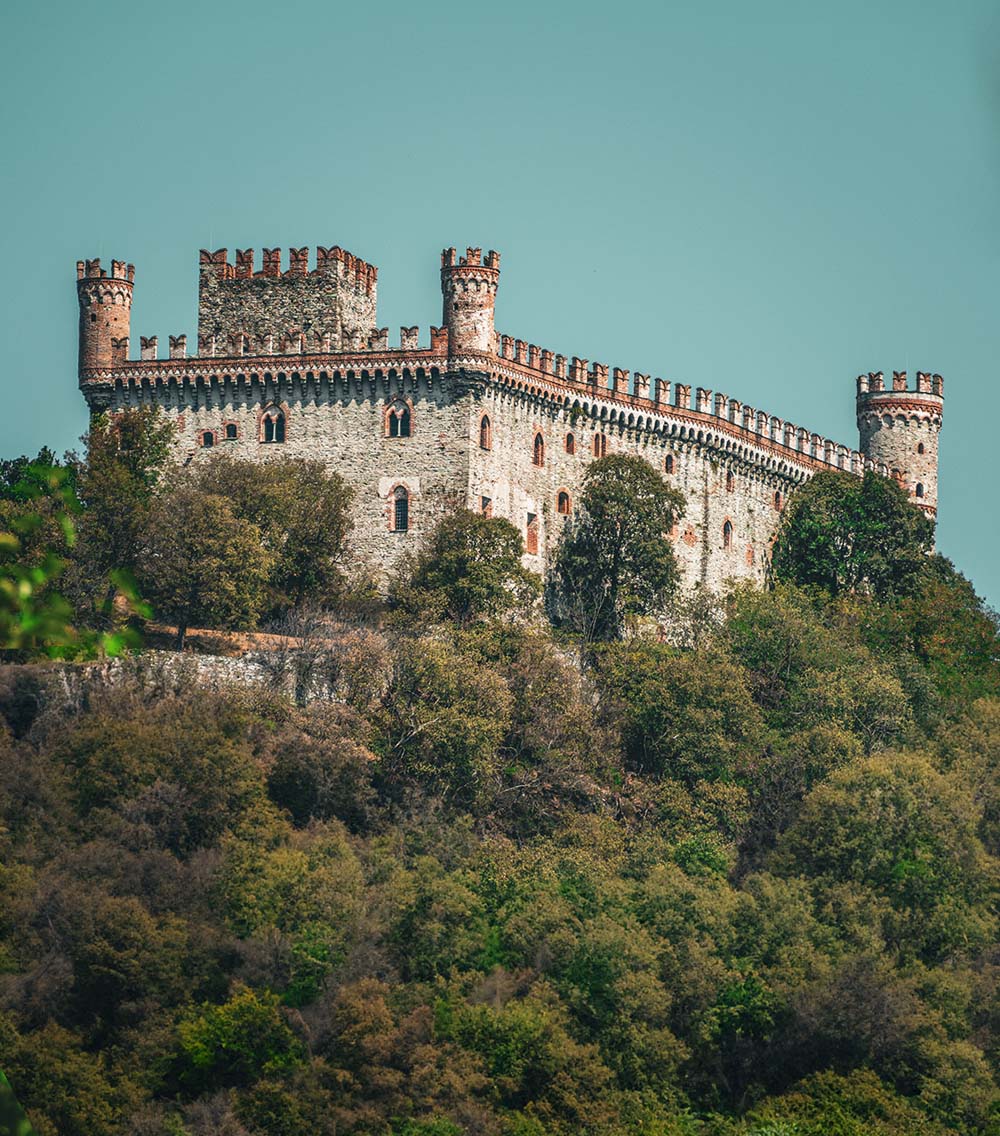

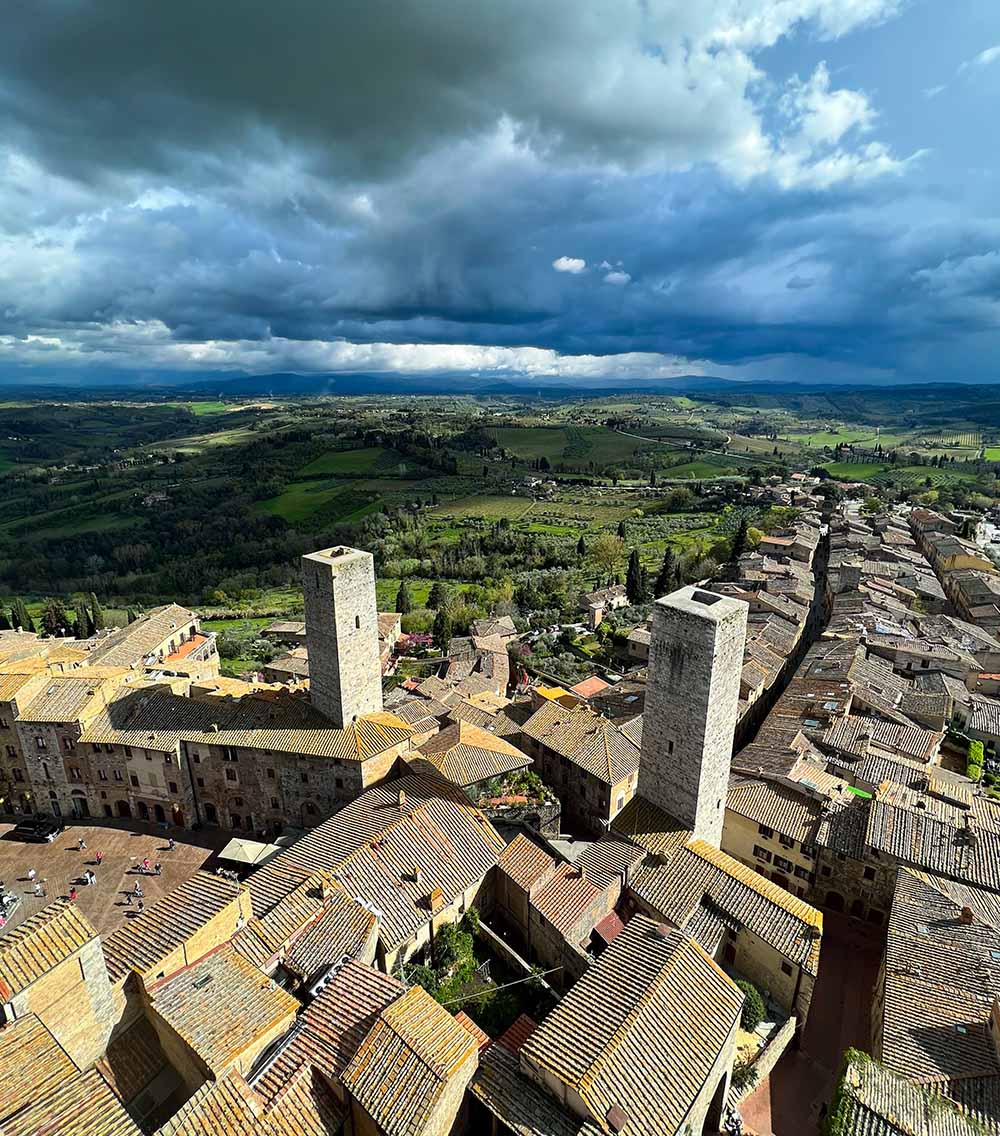
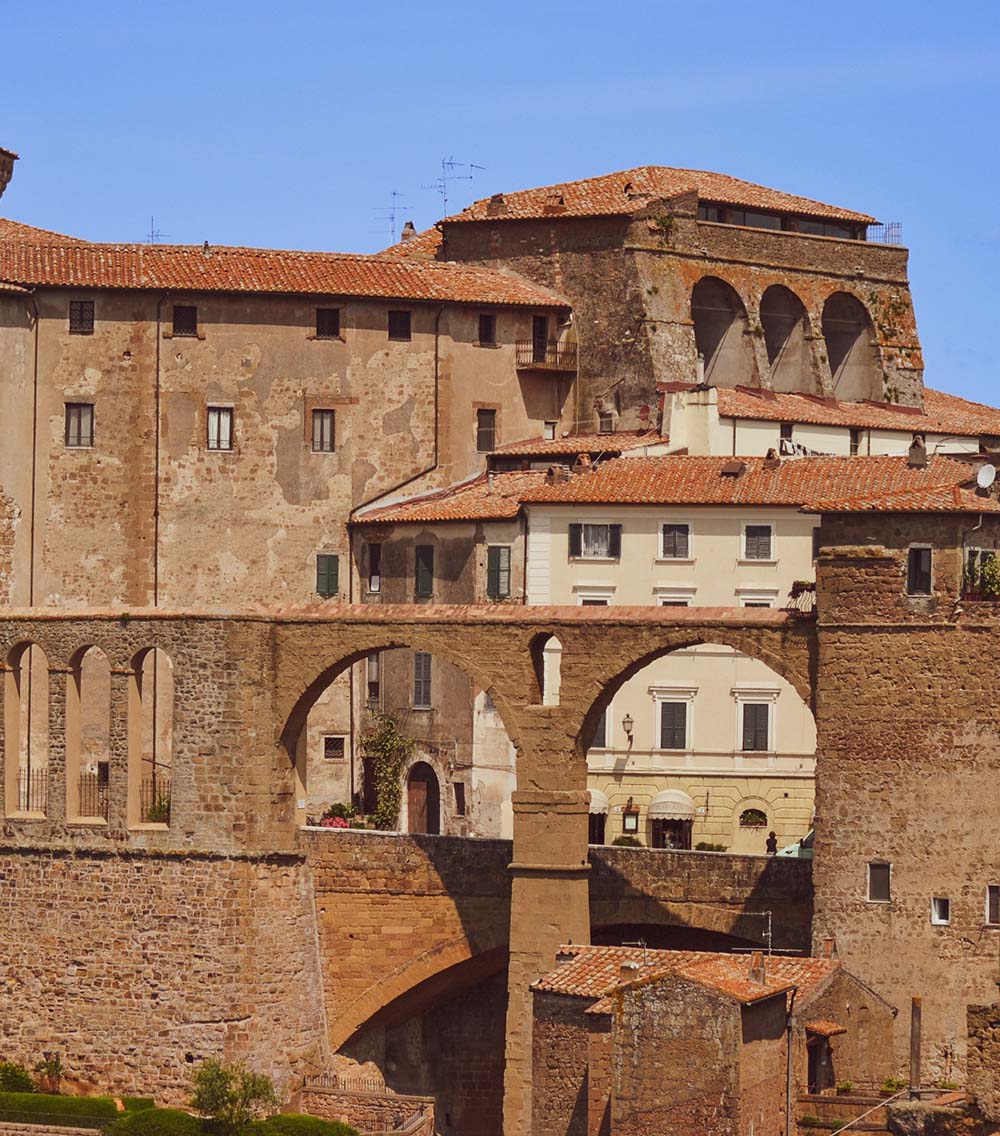
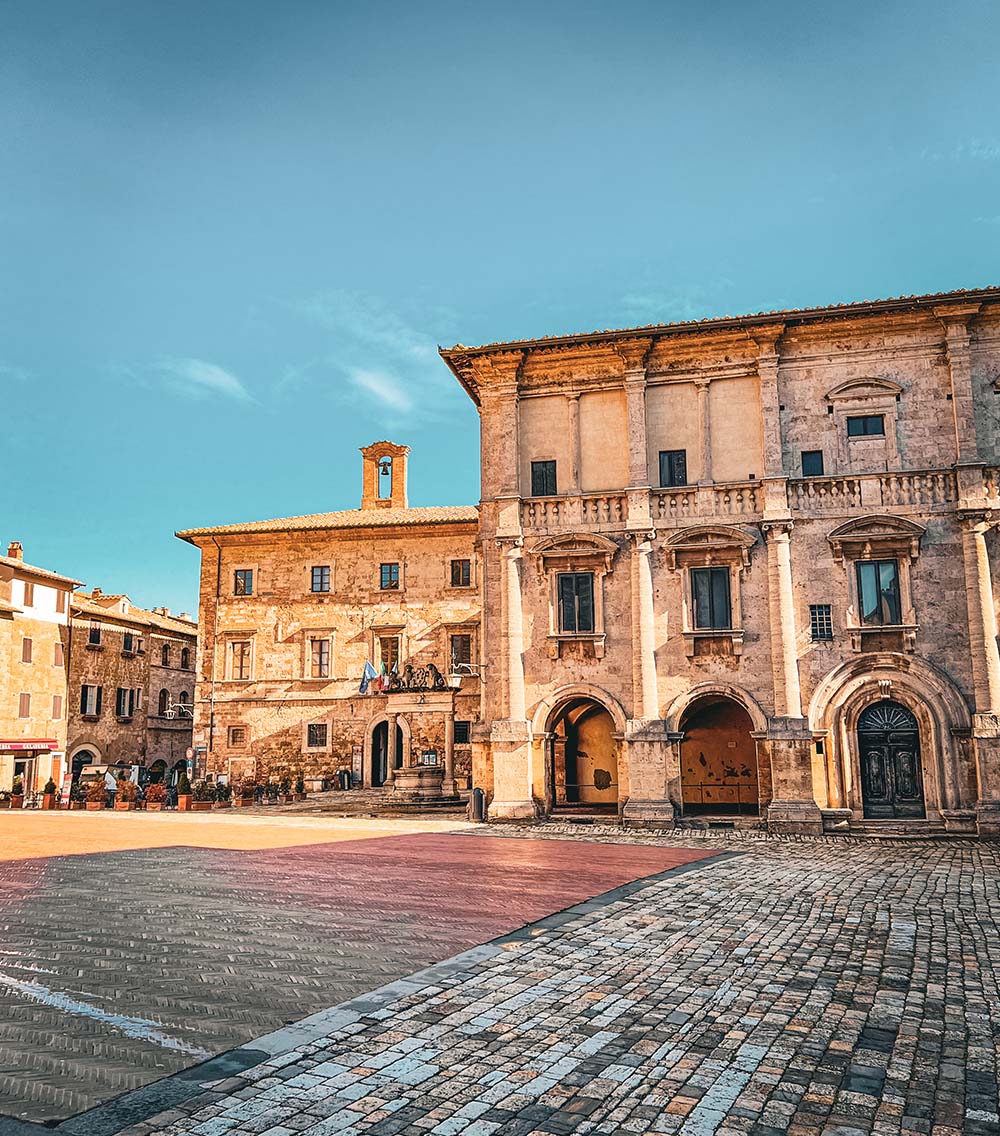
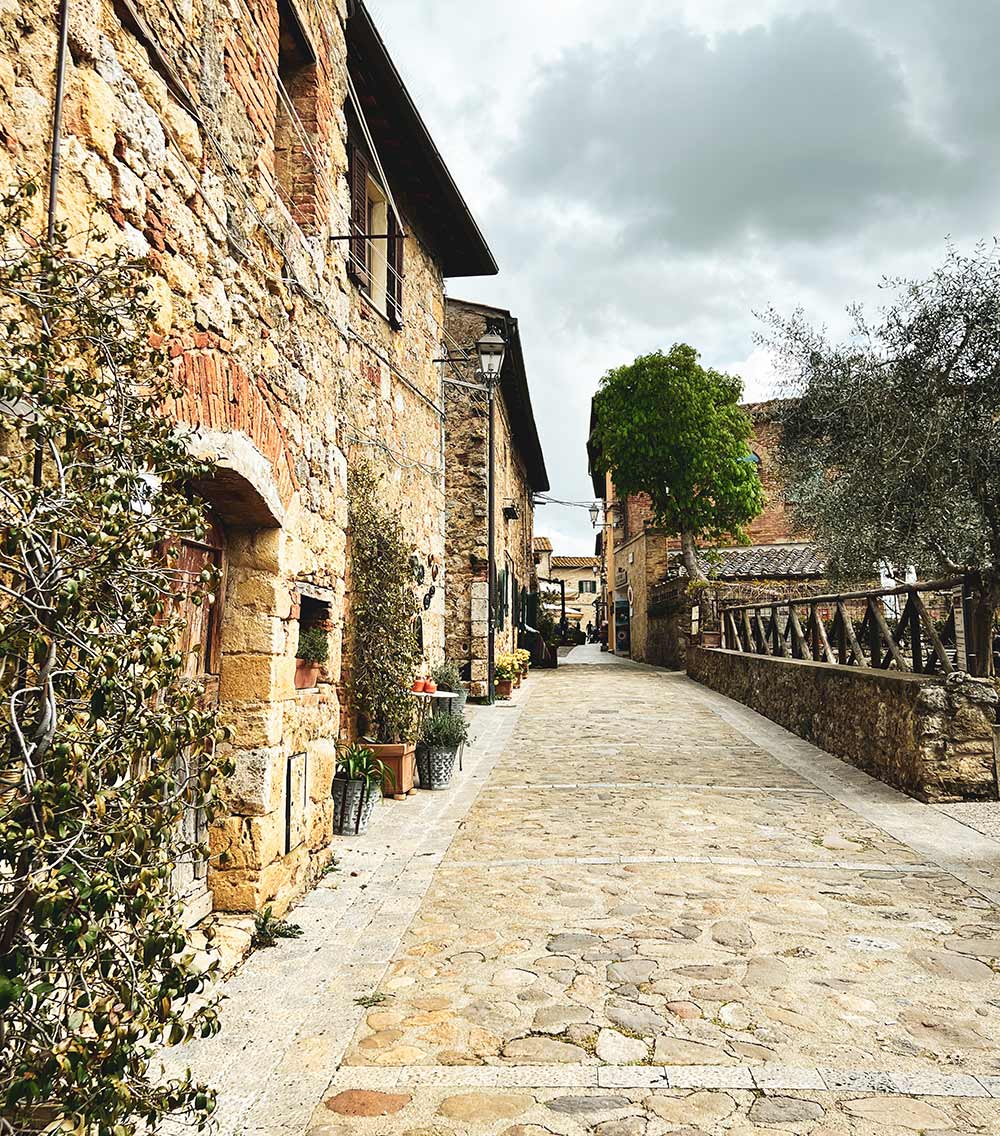
No Comments